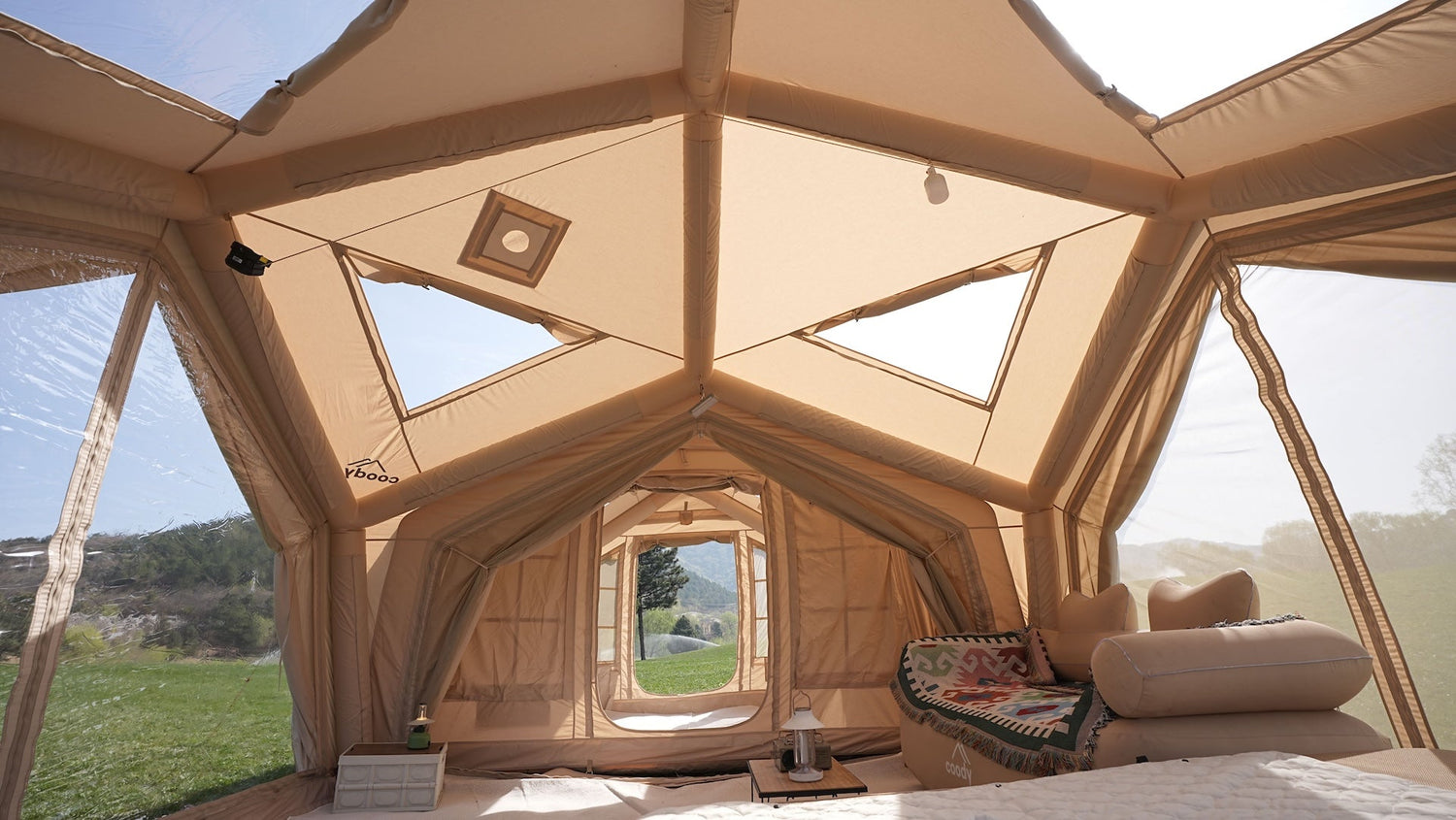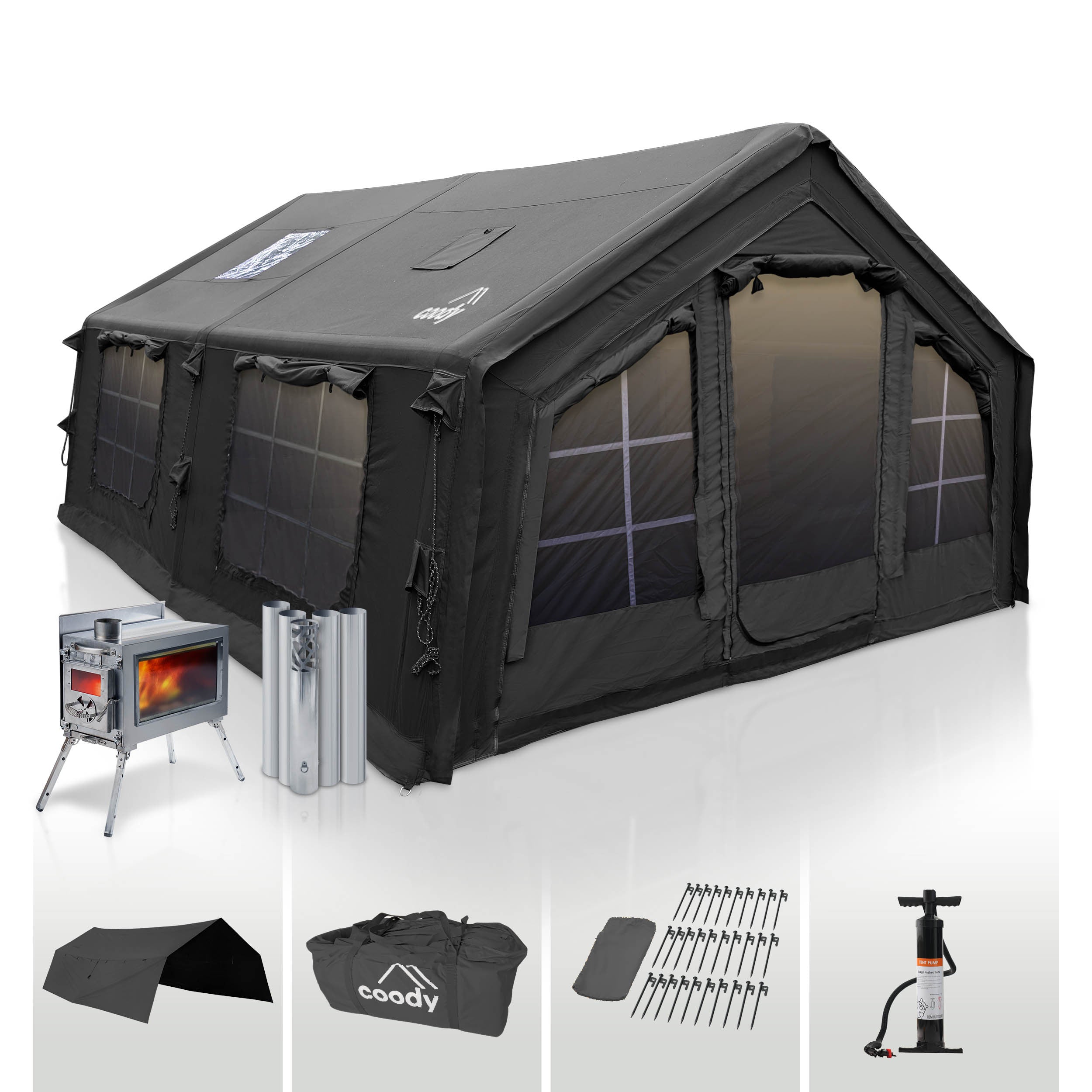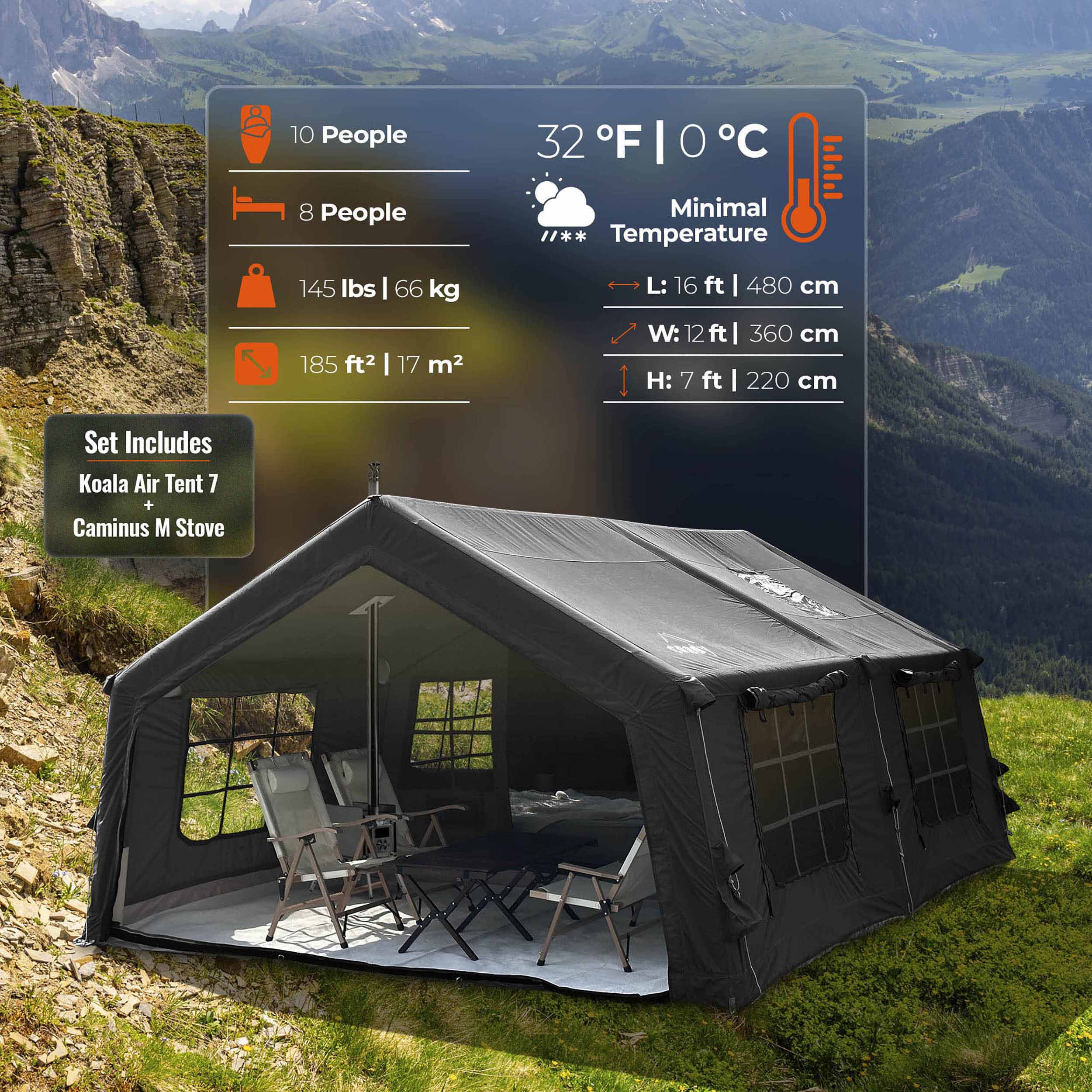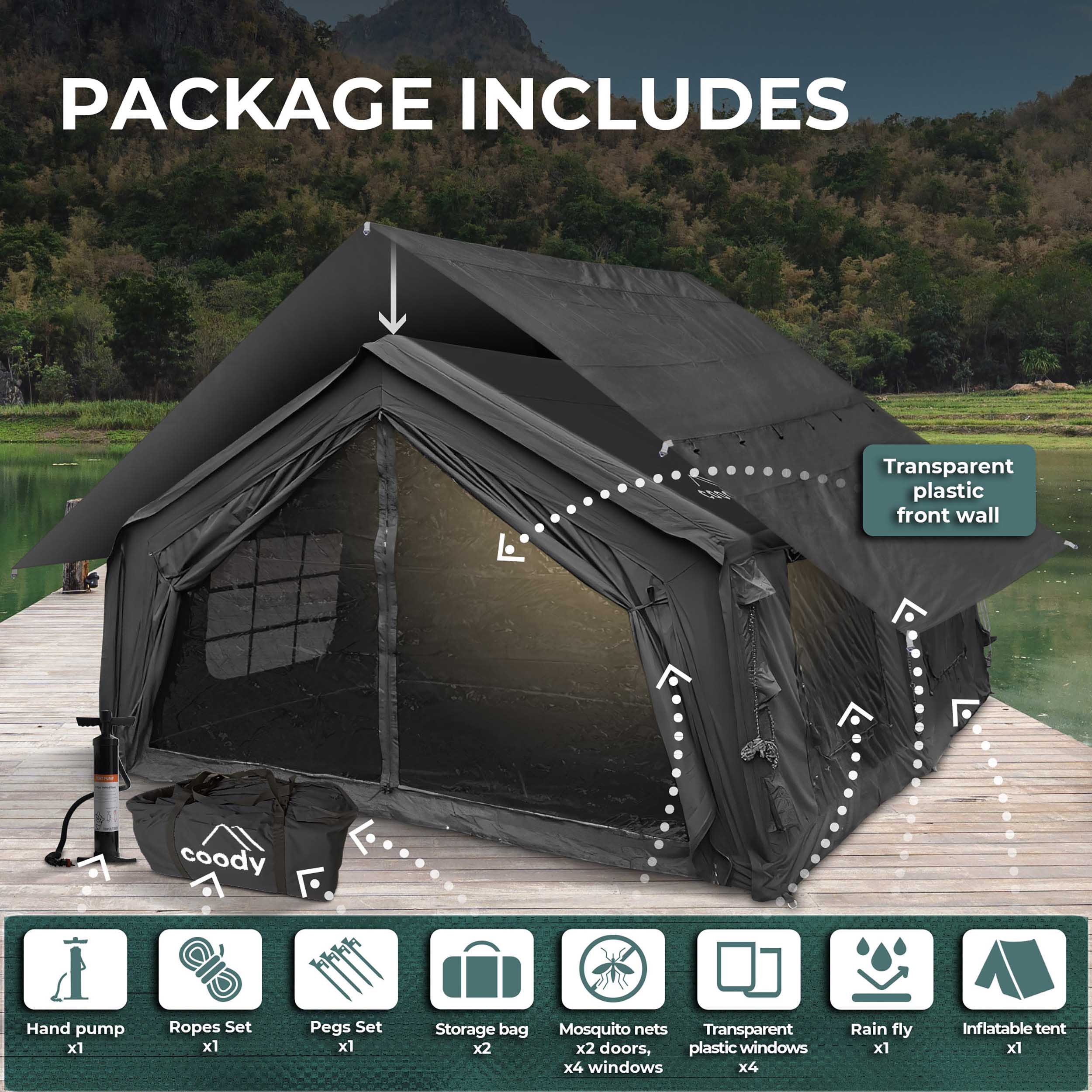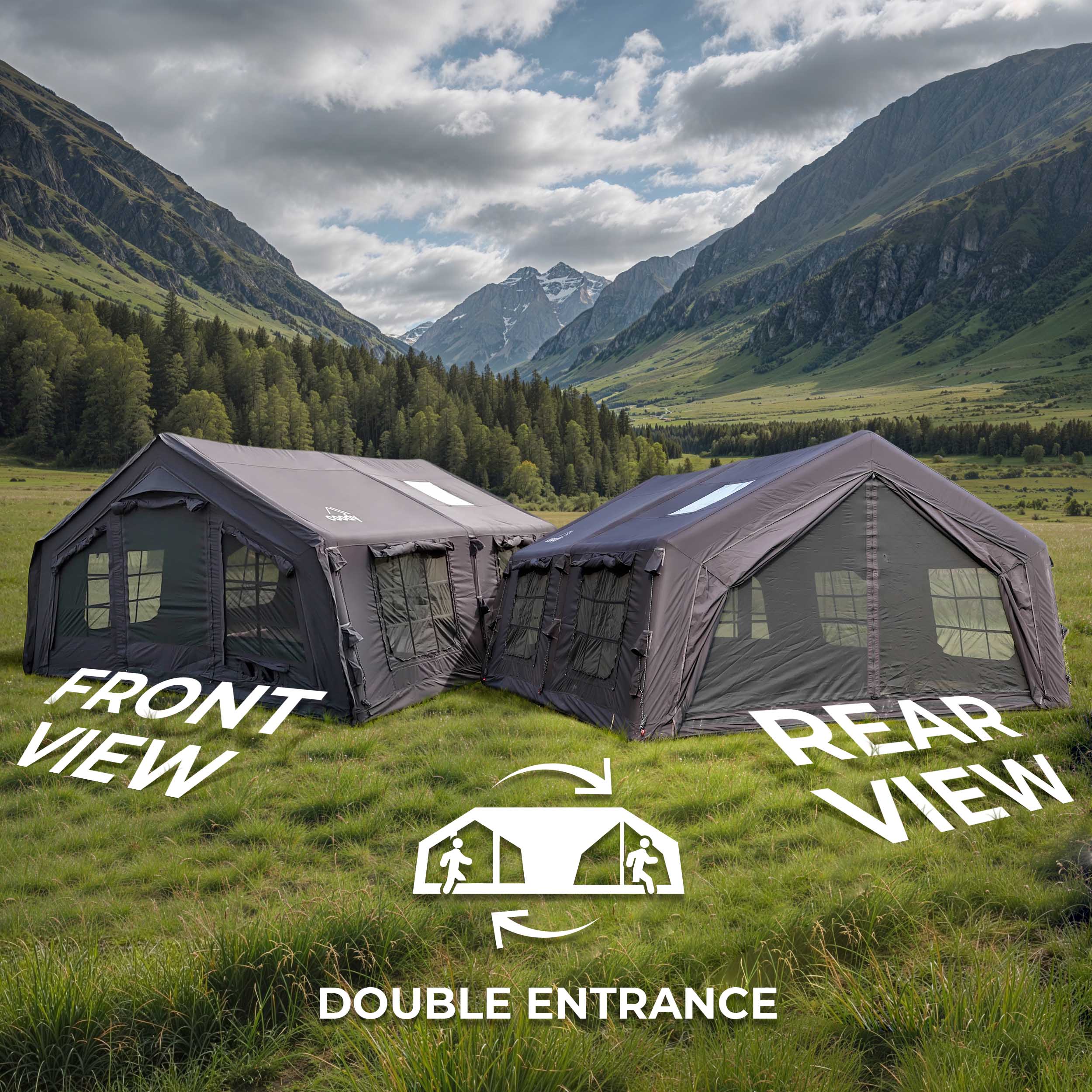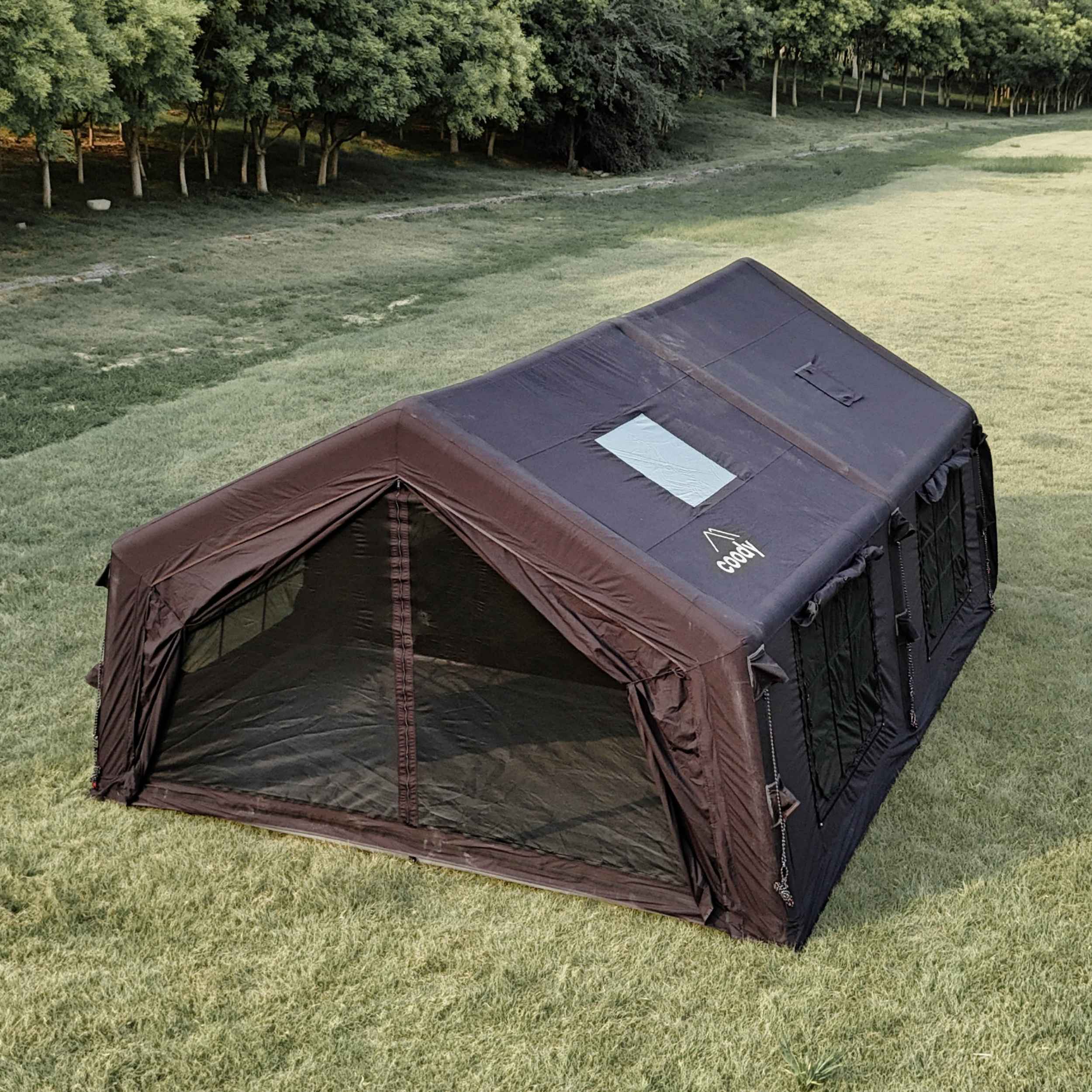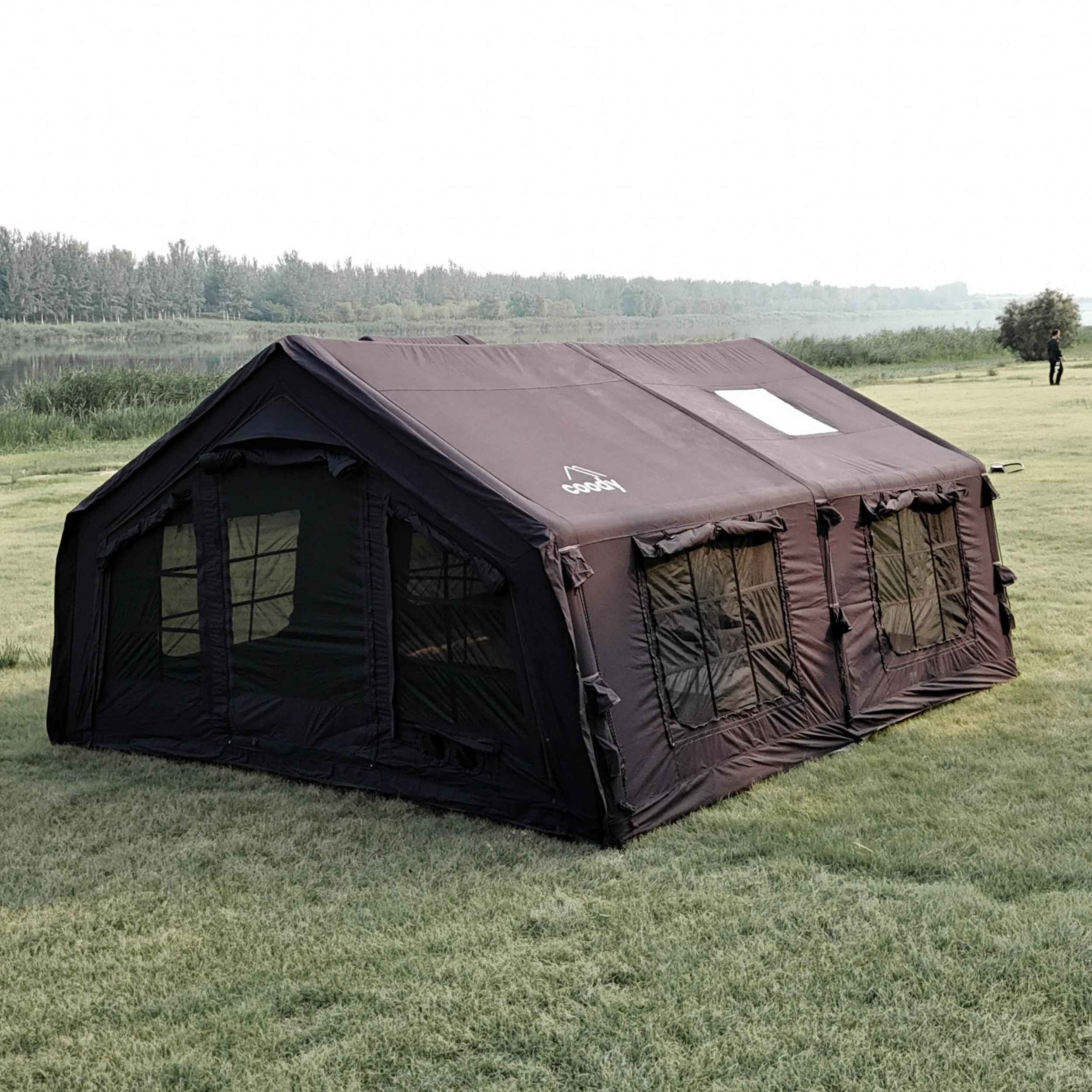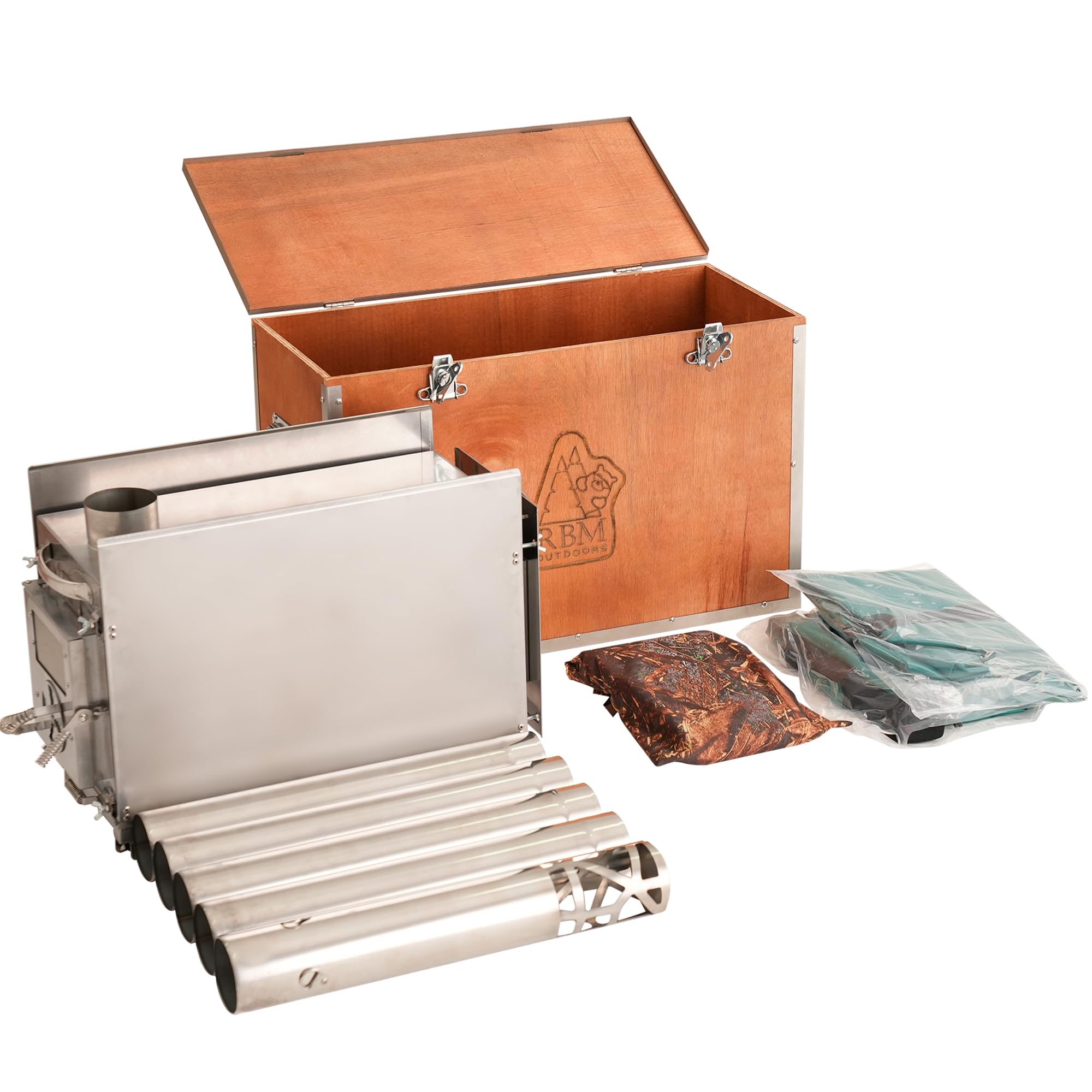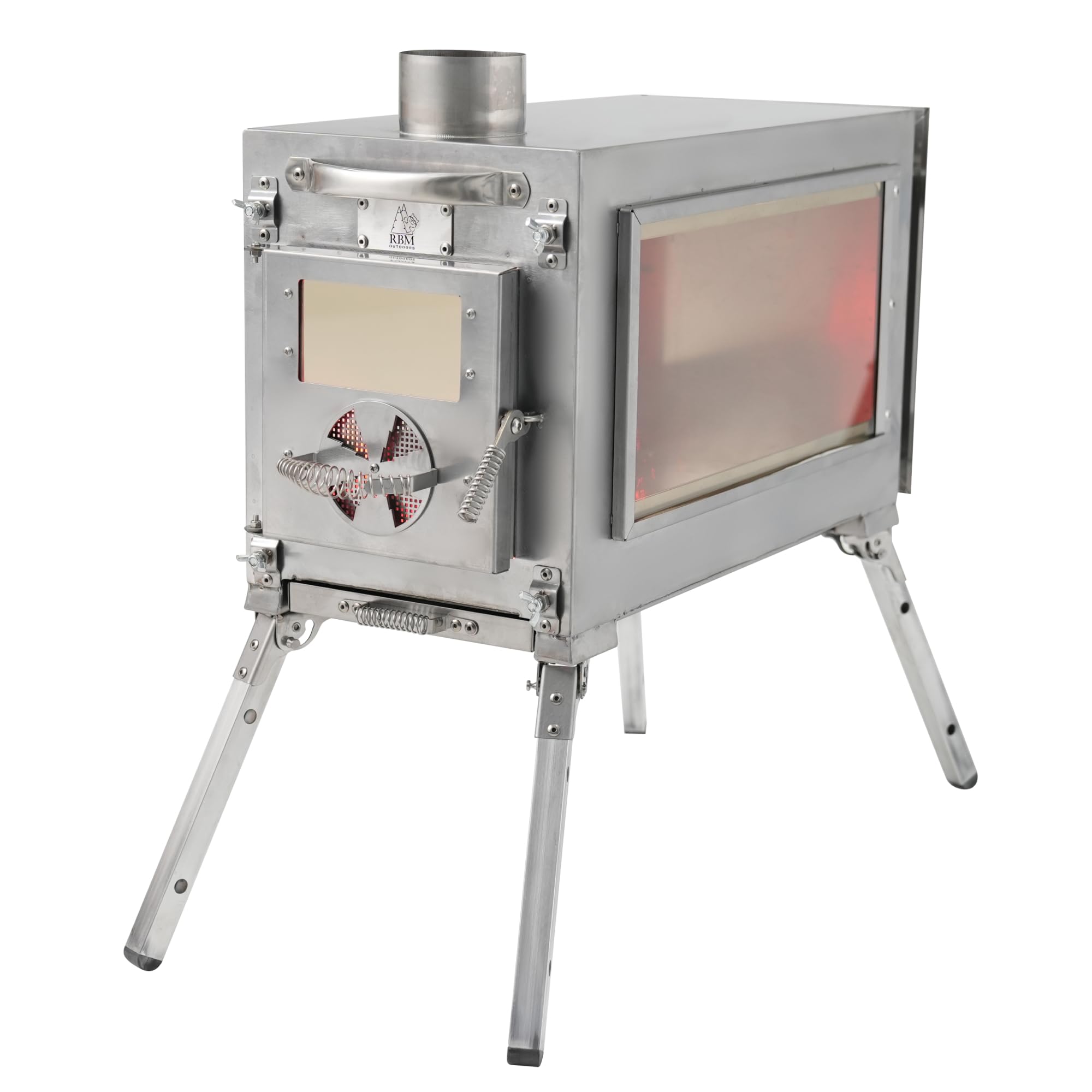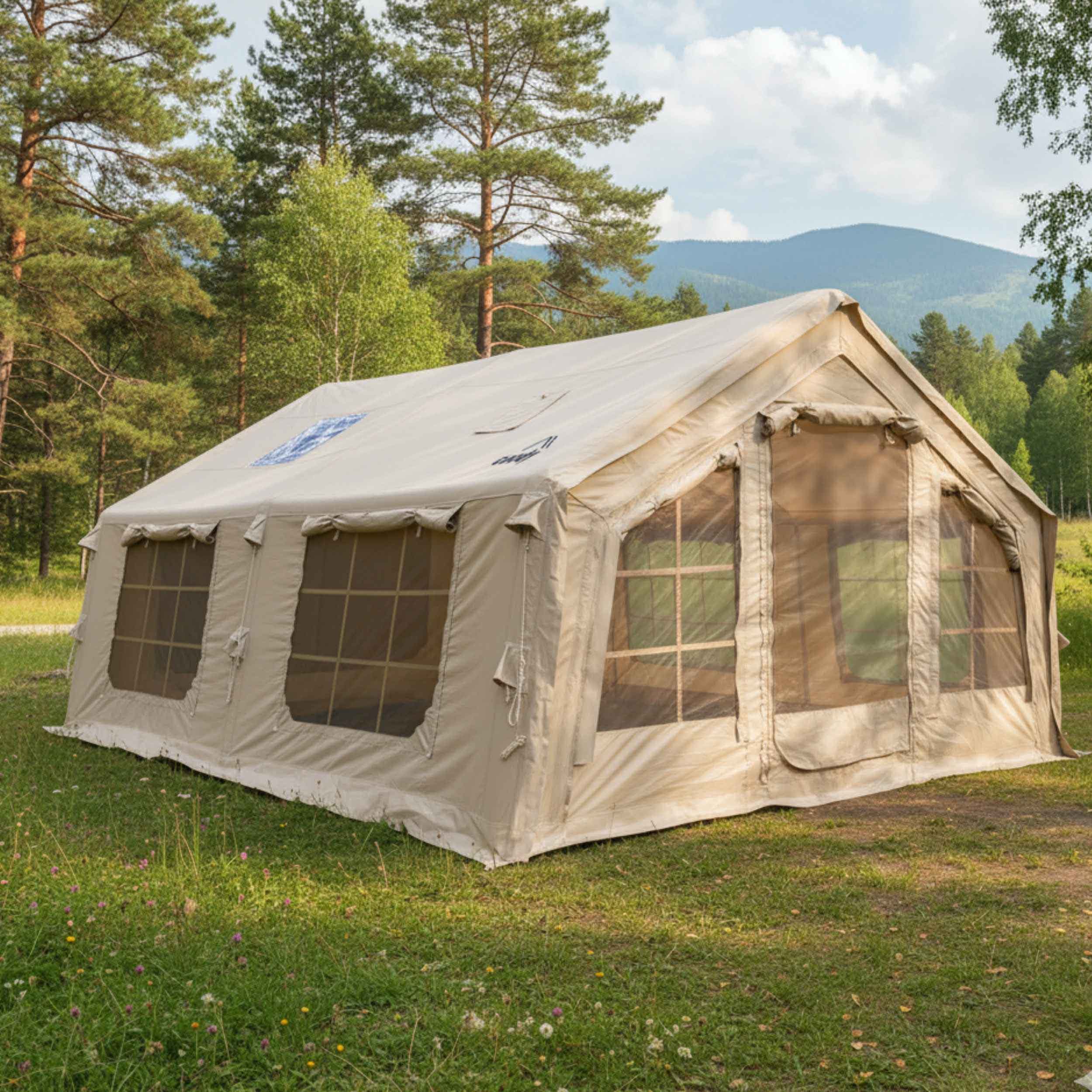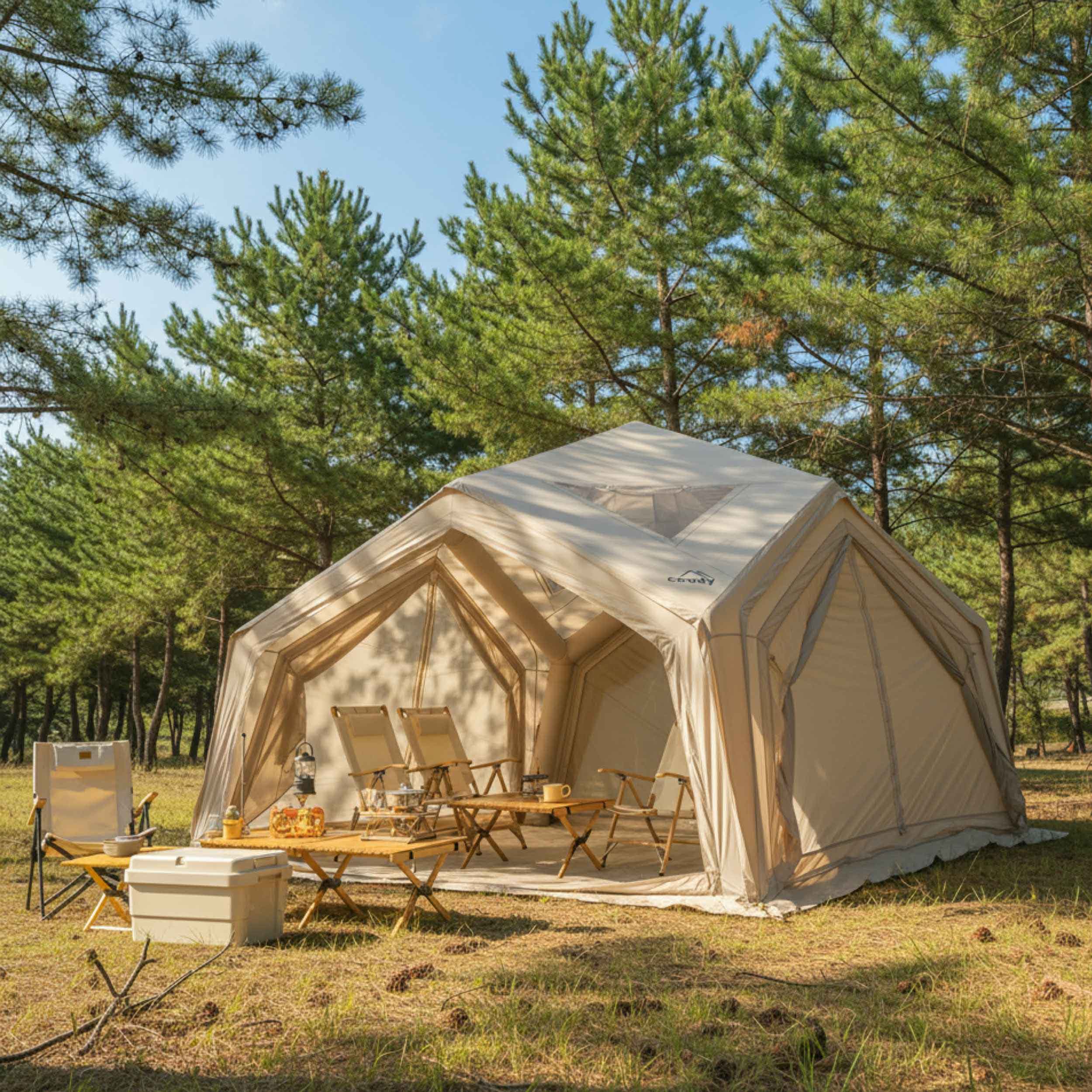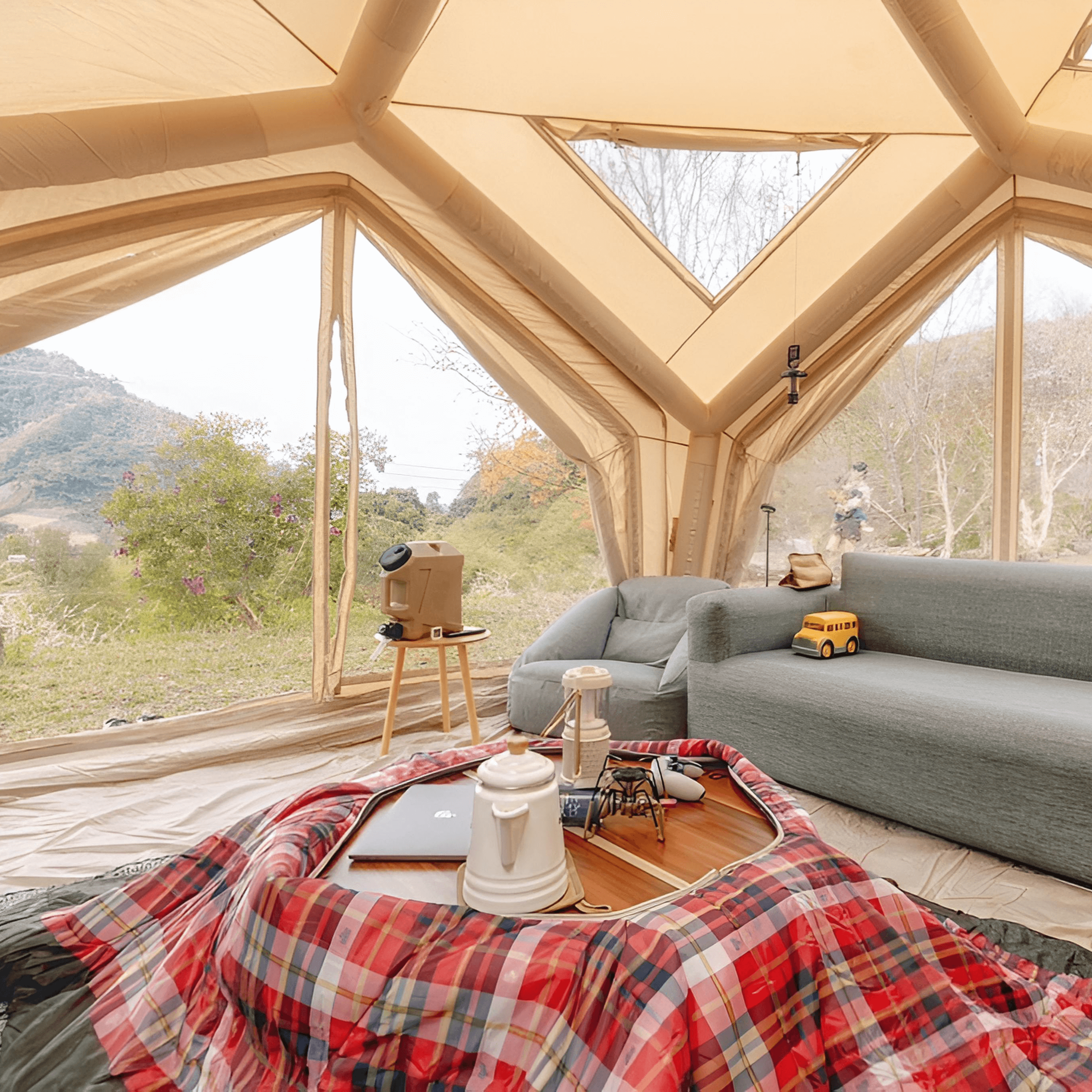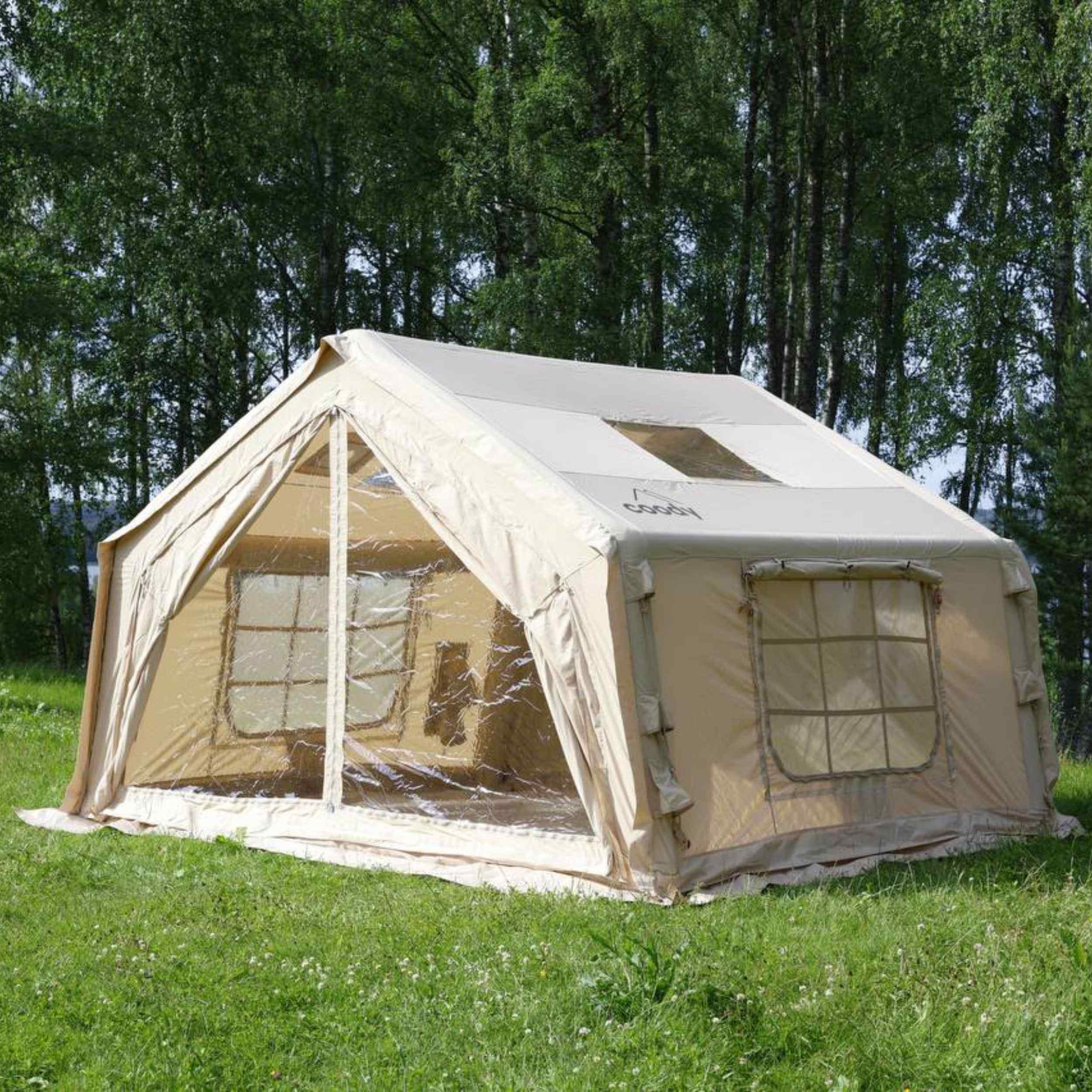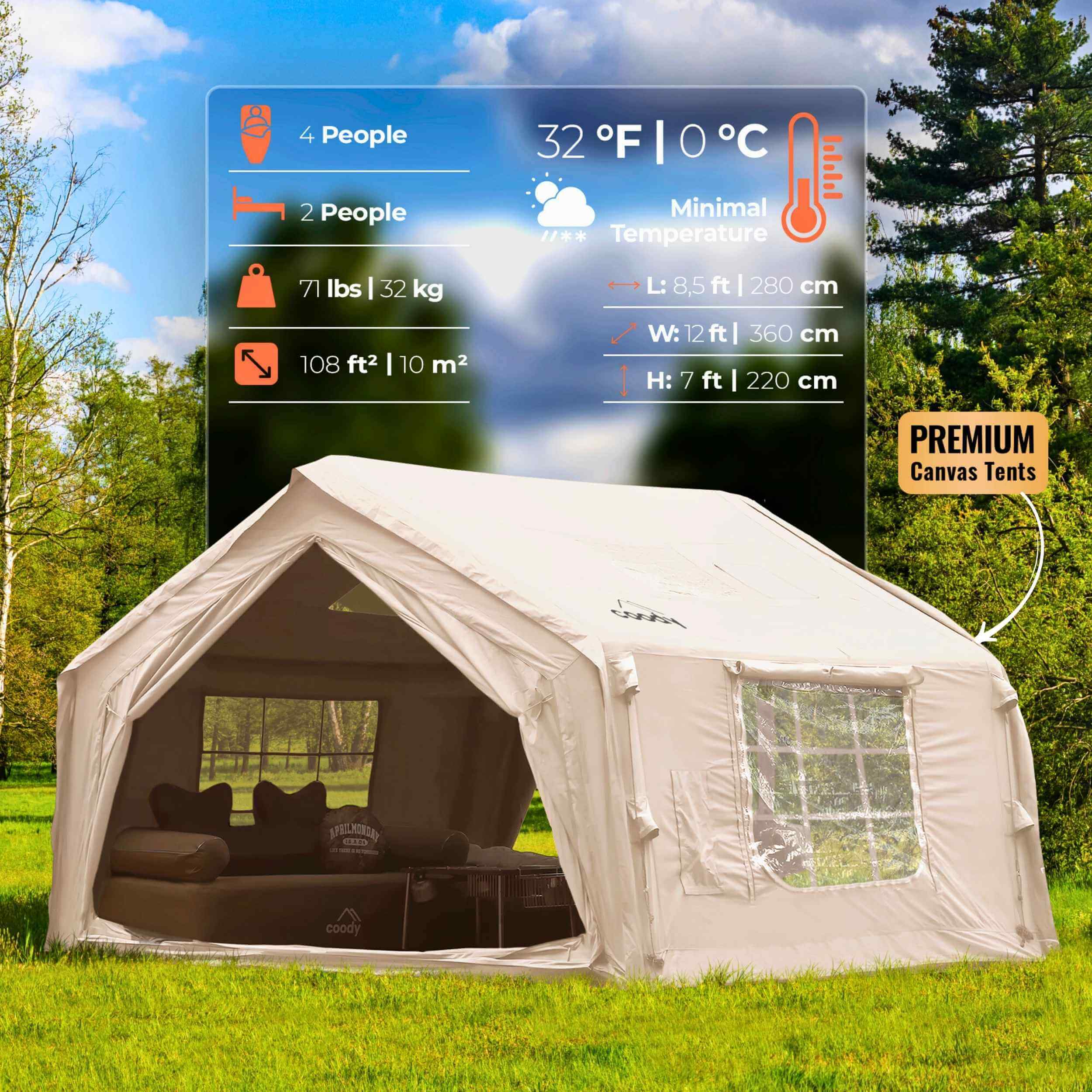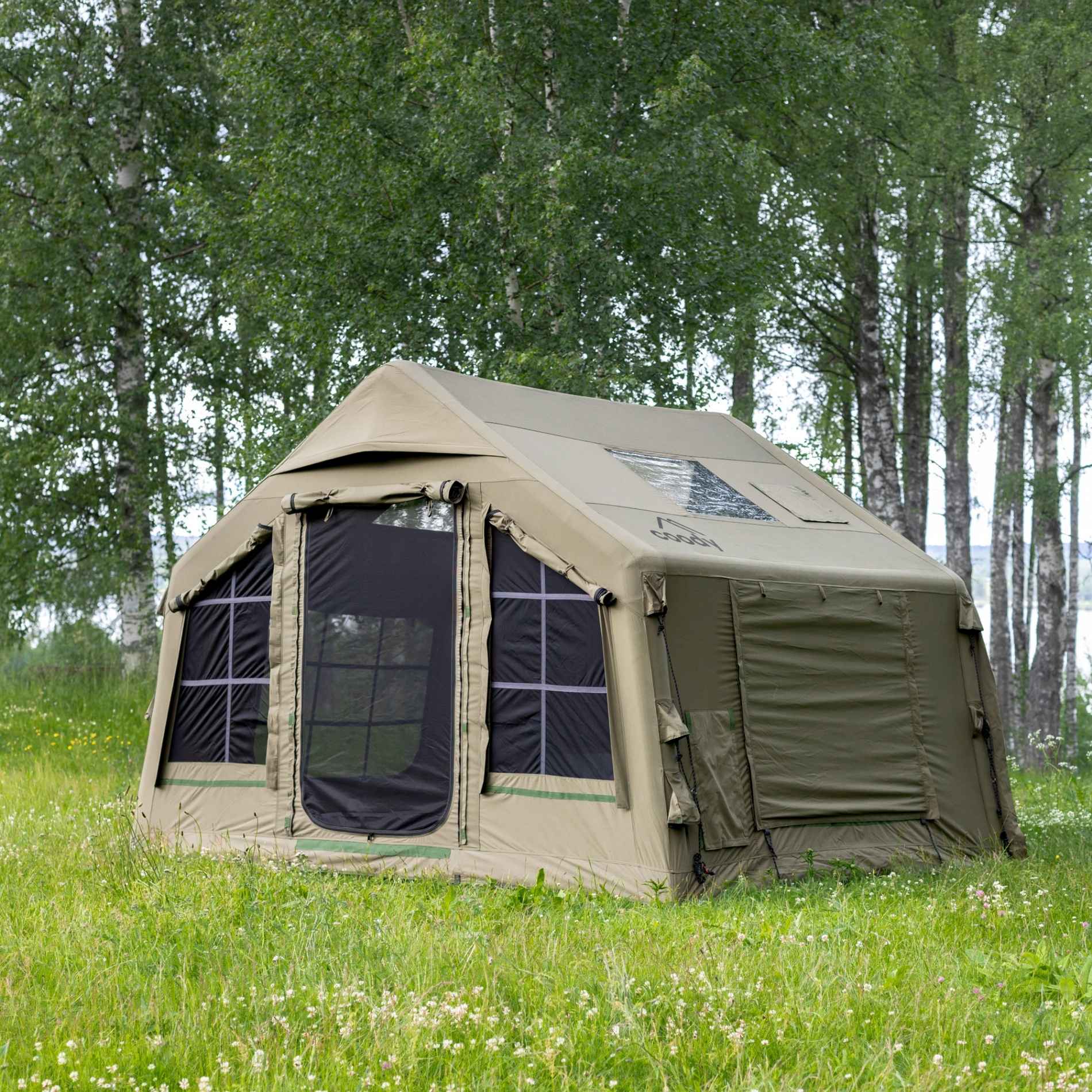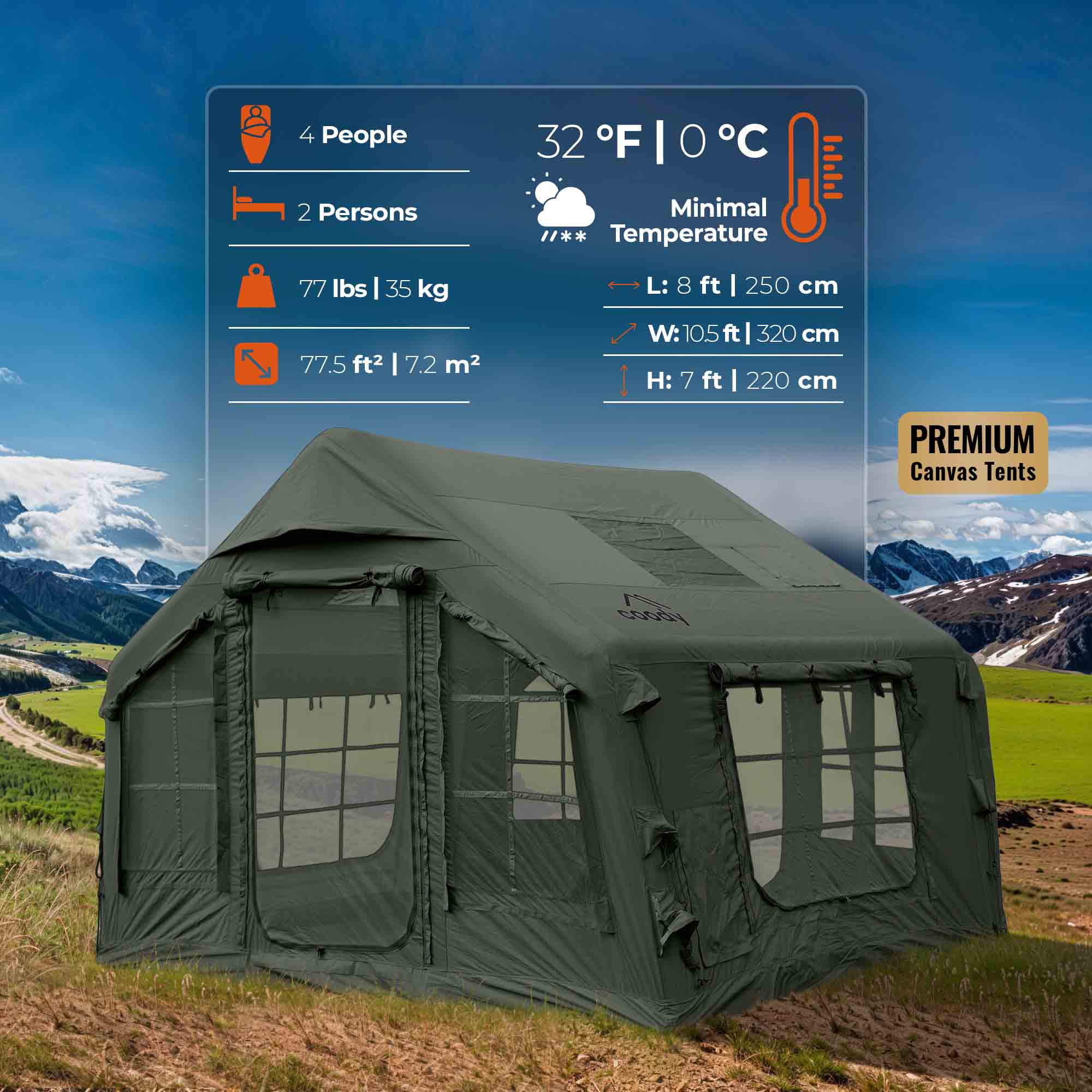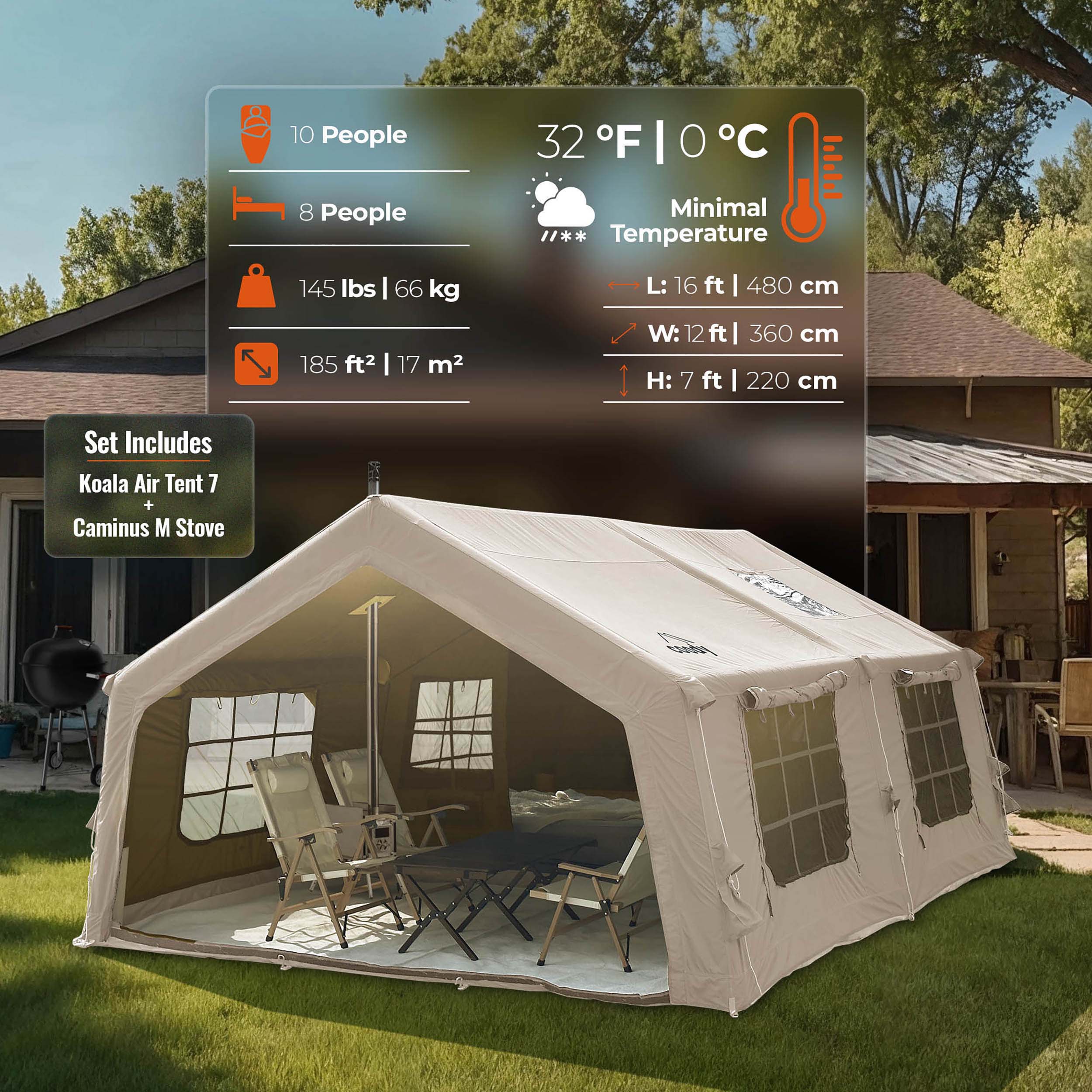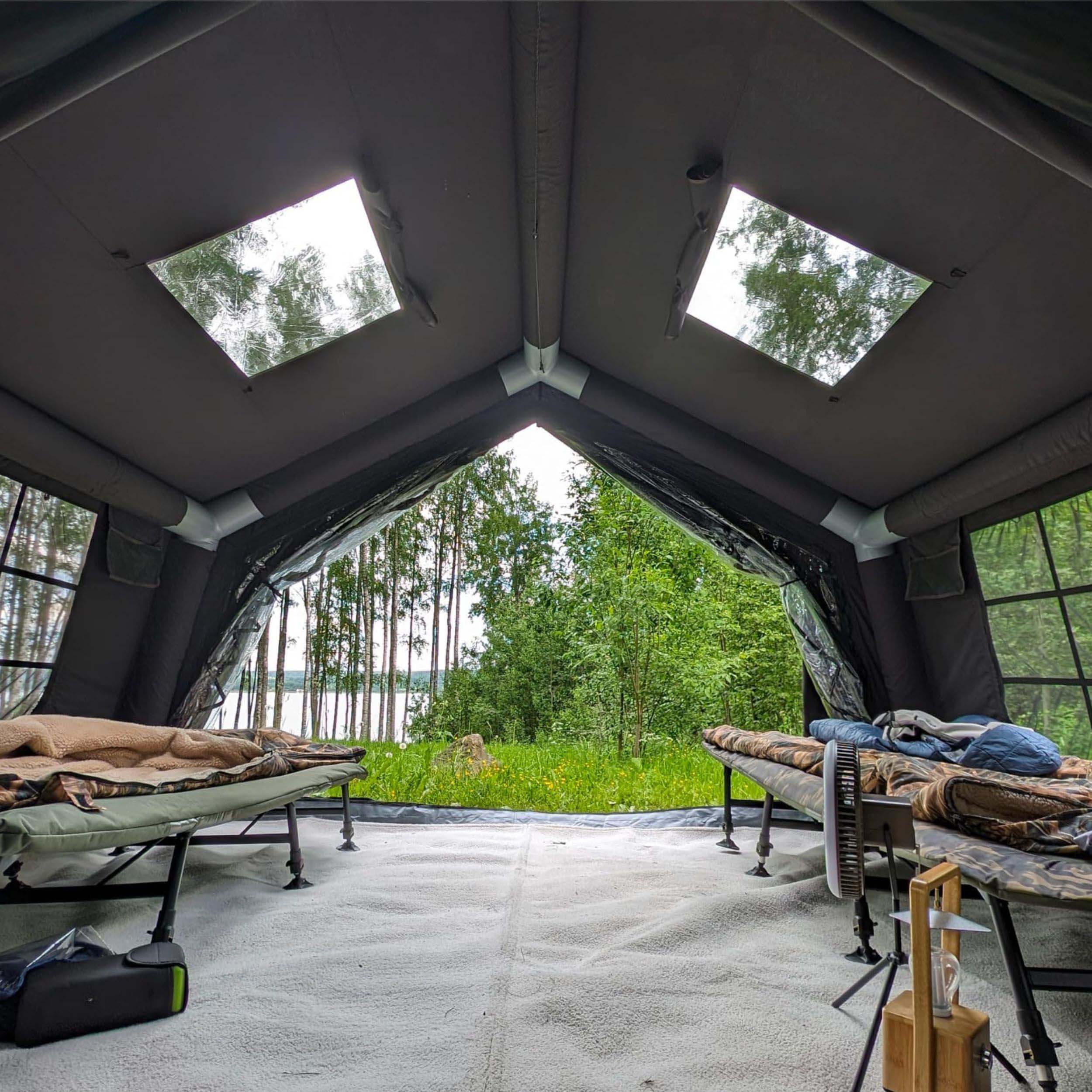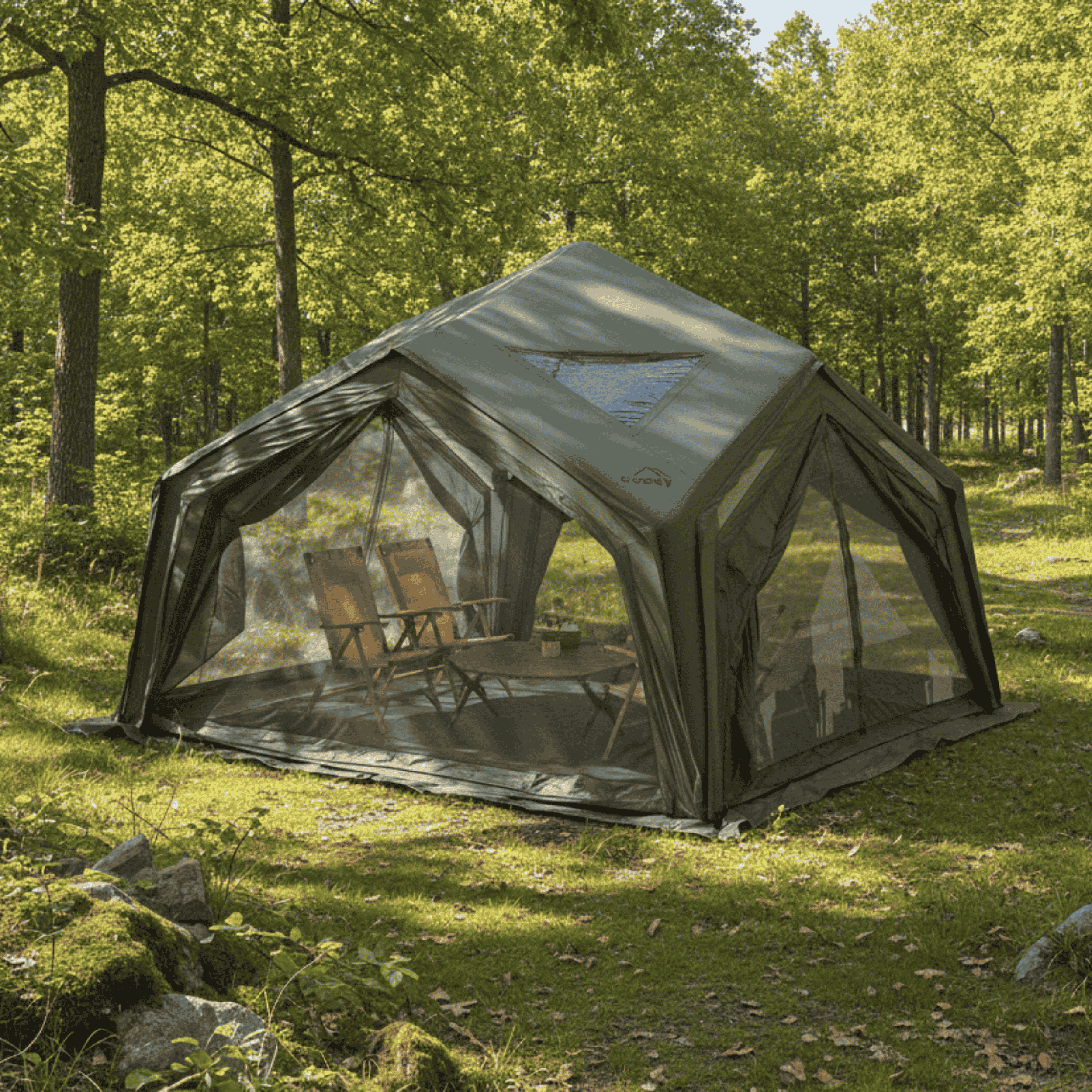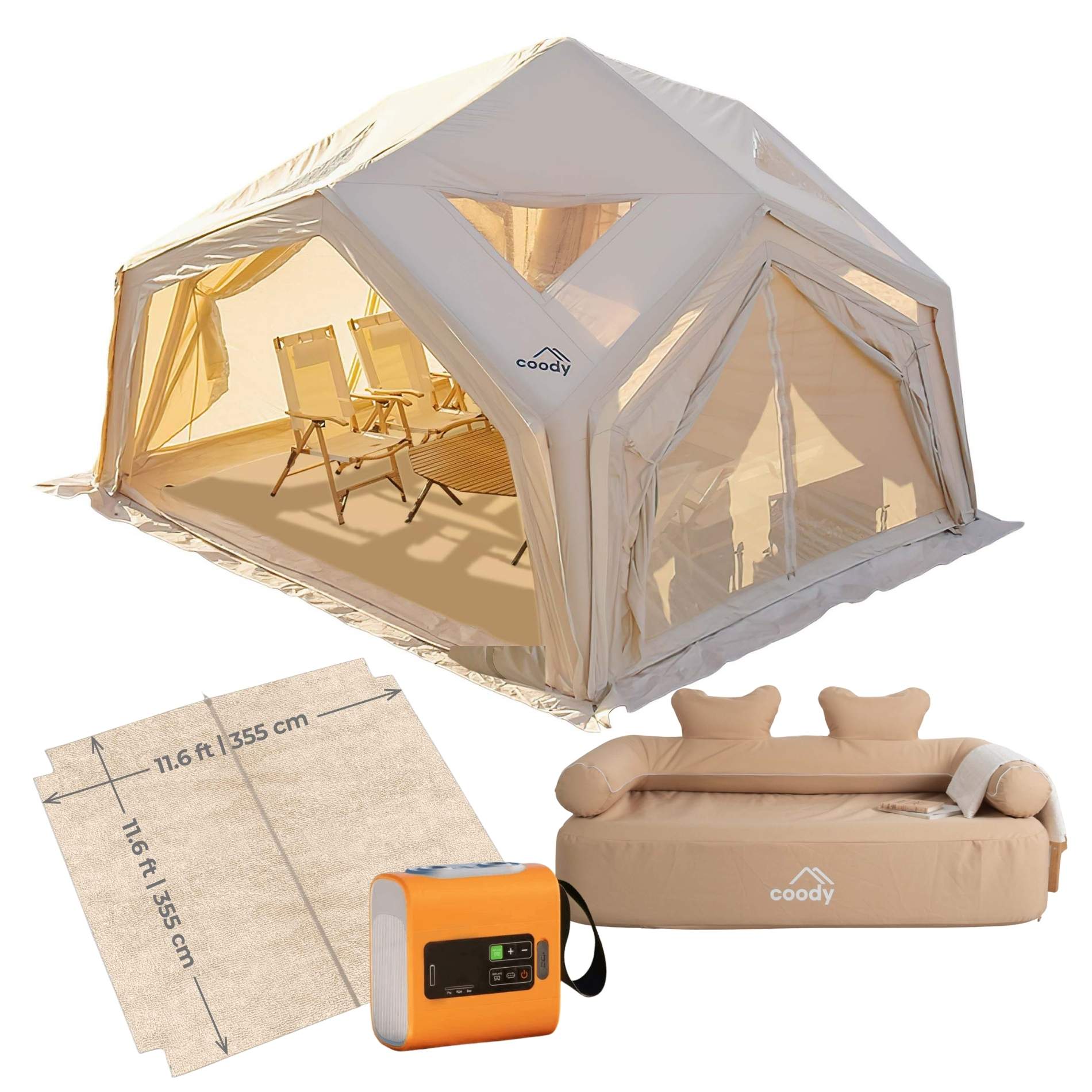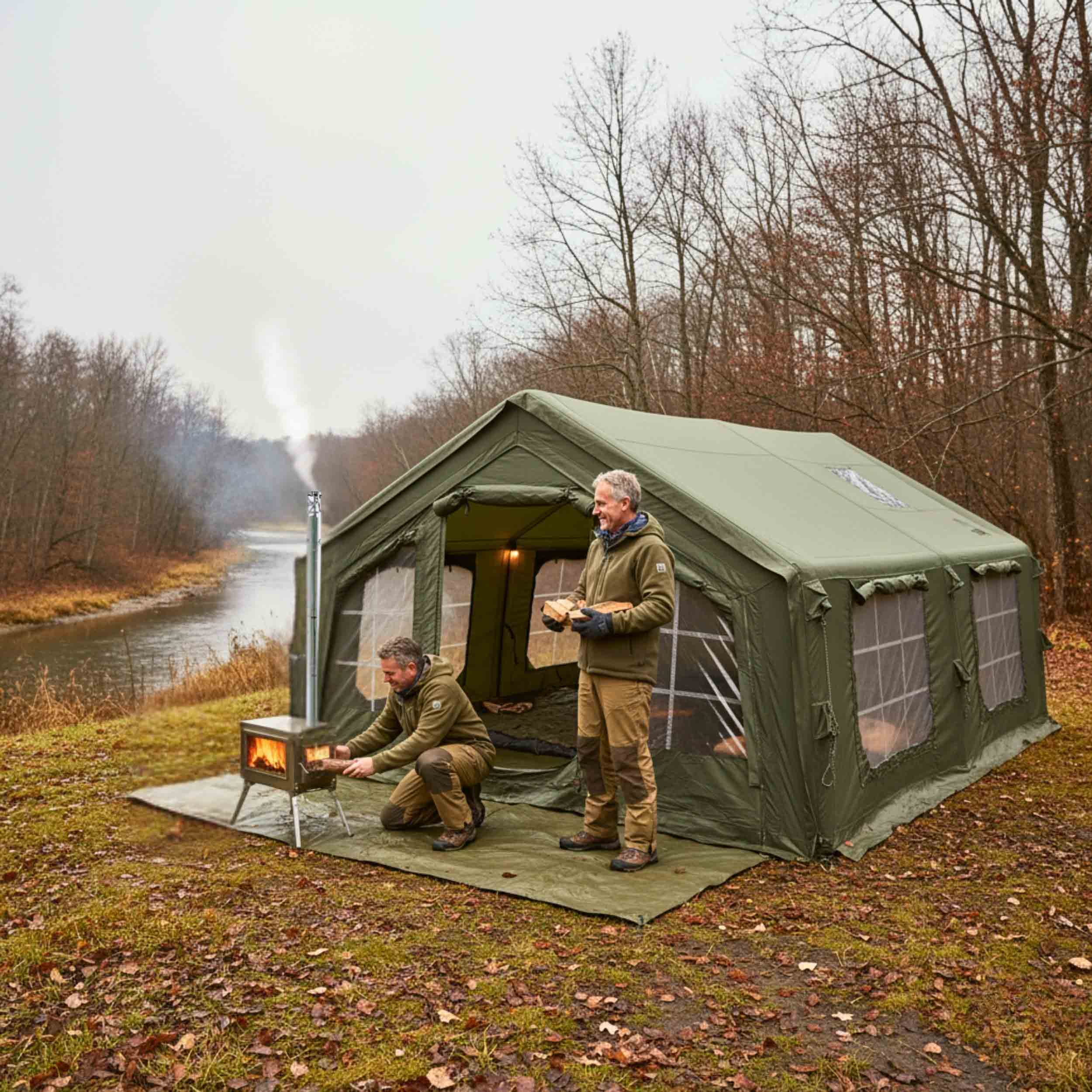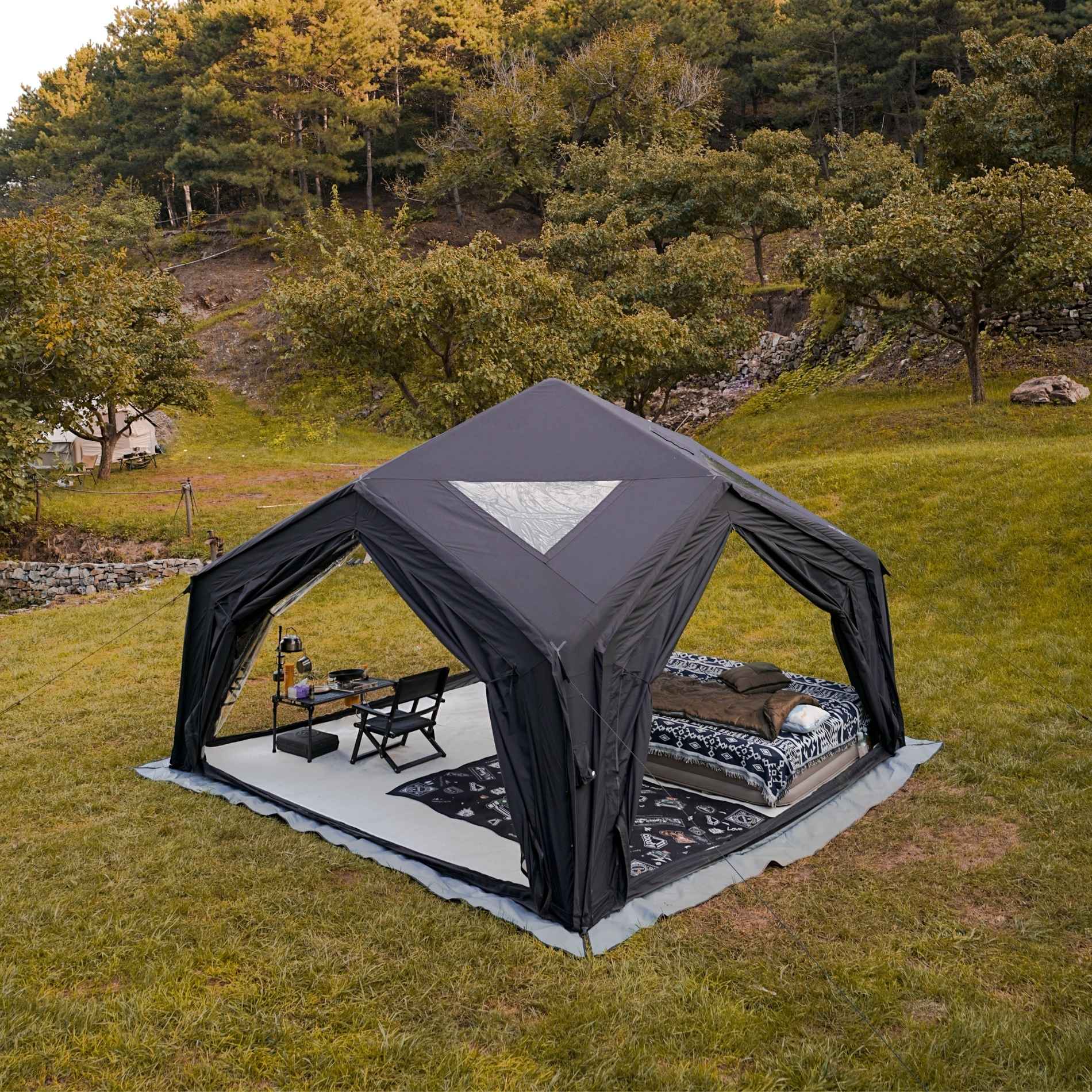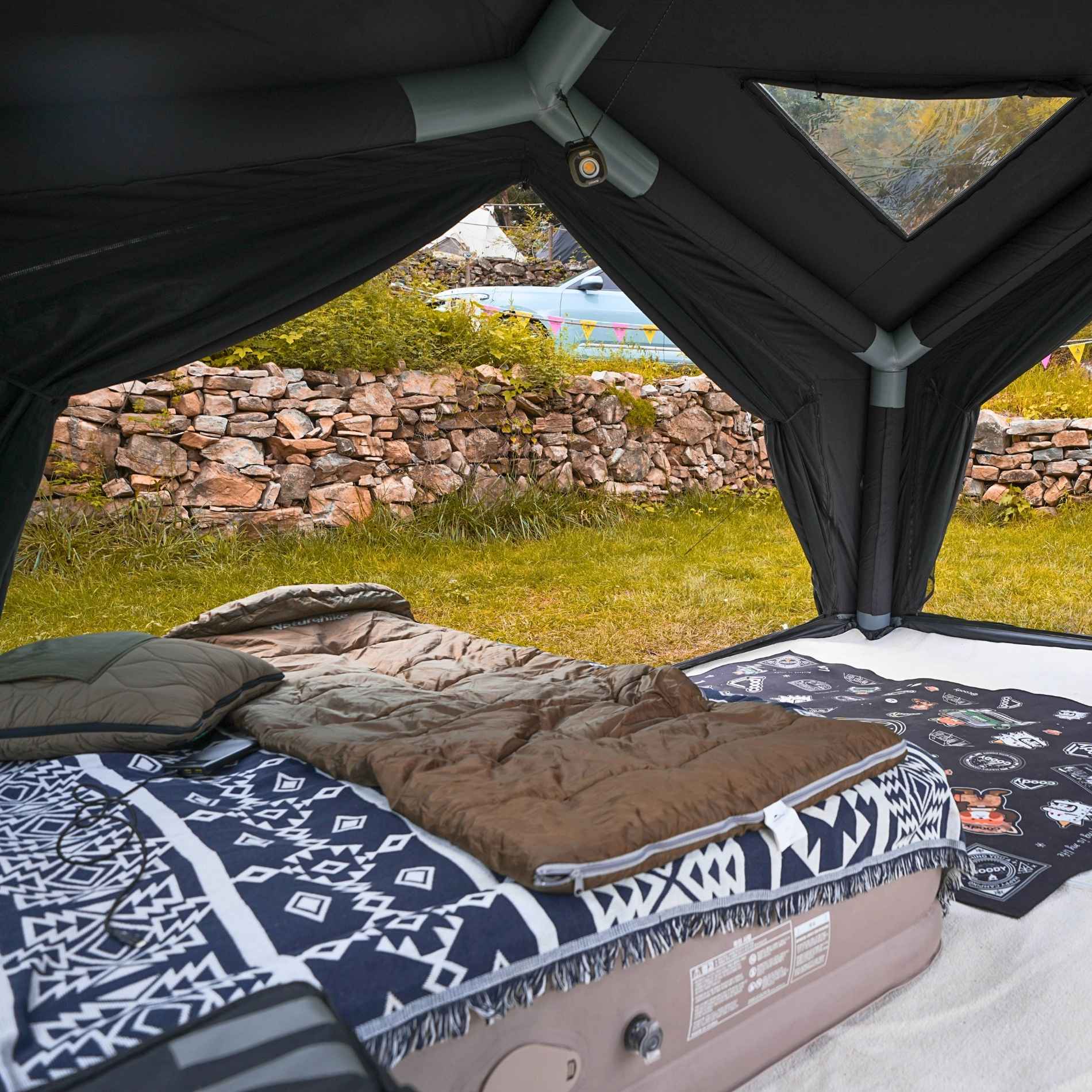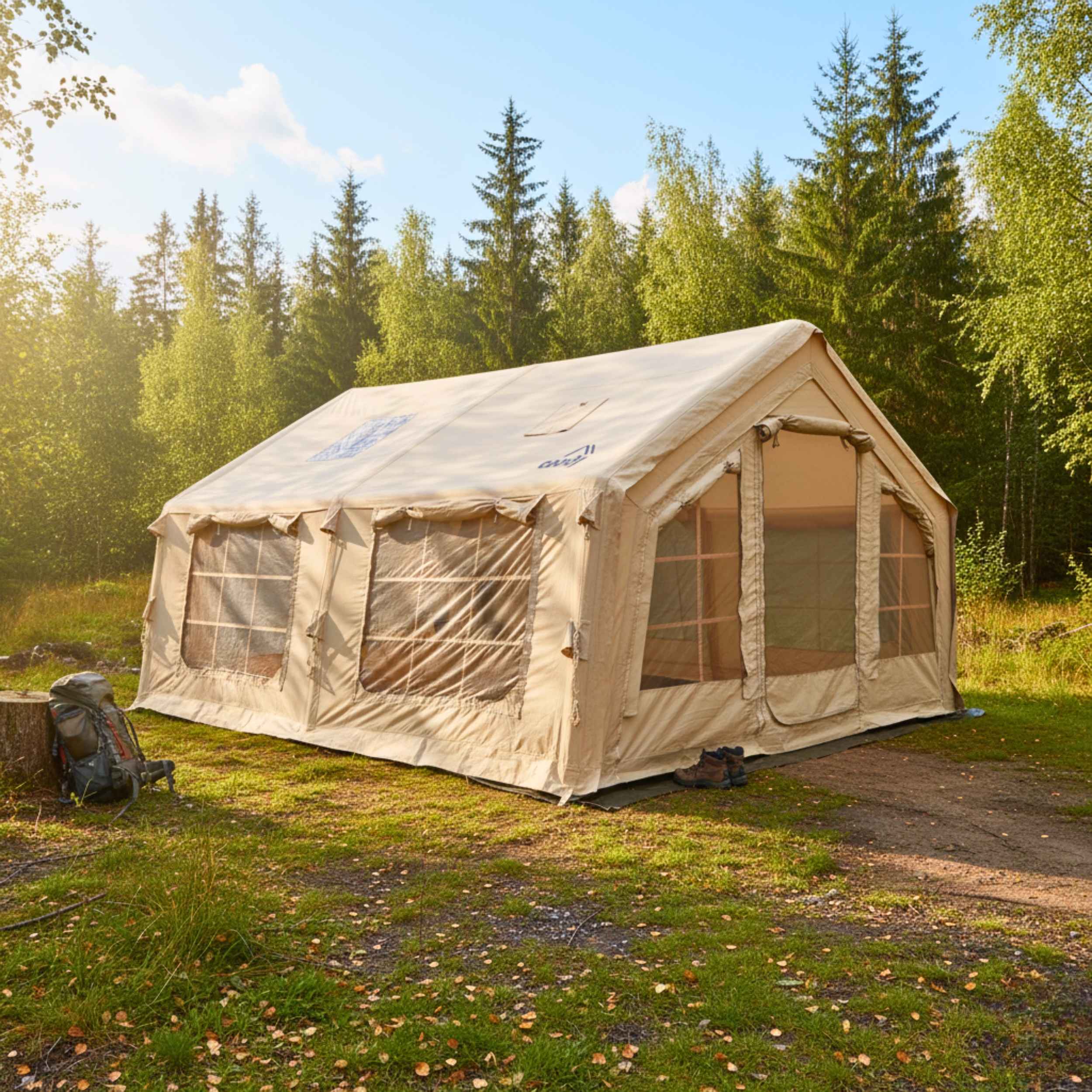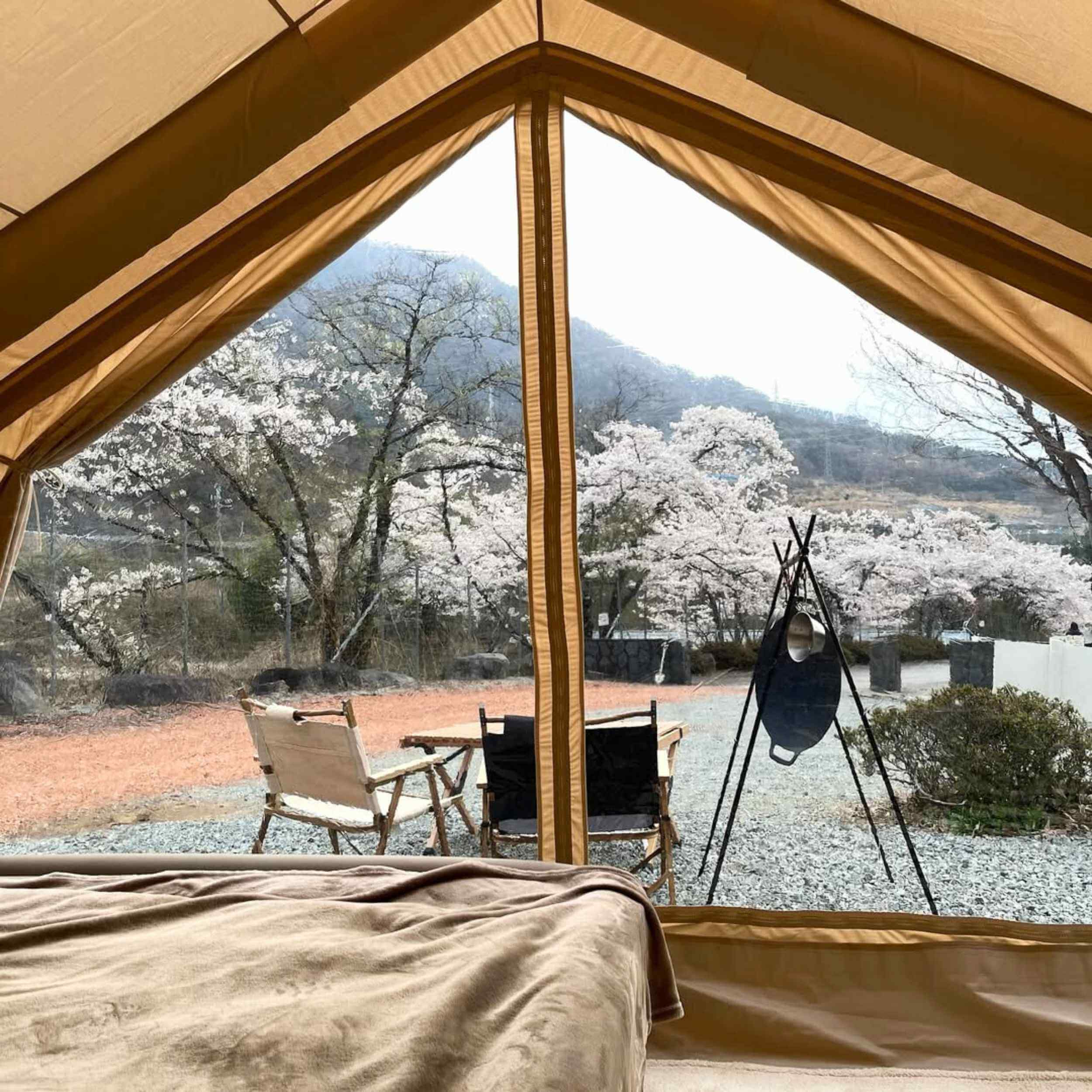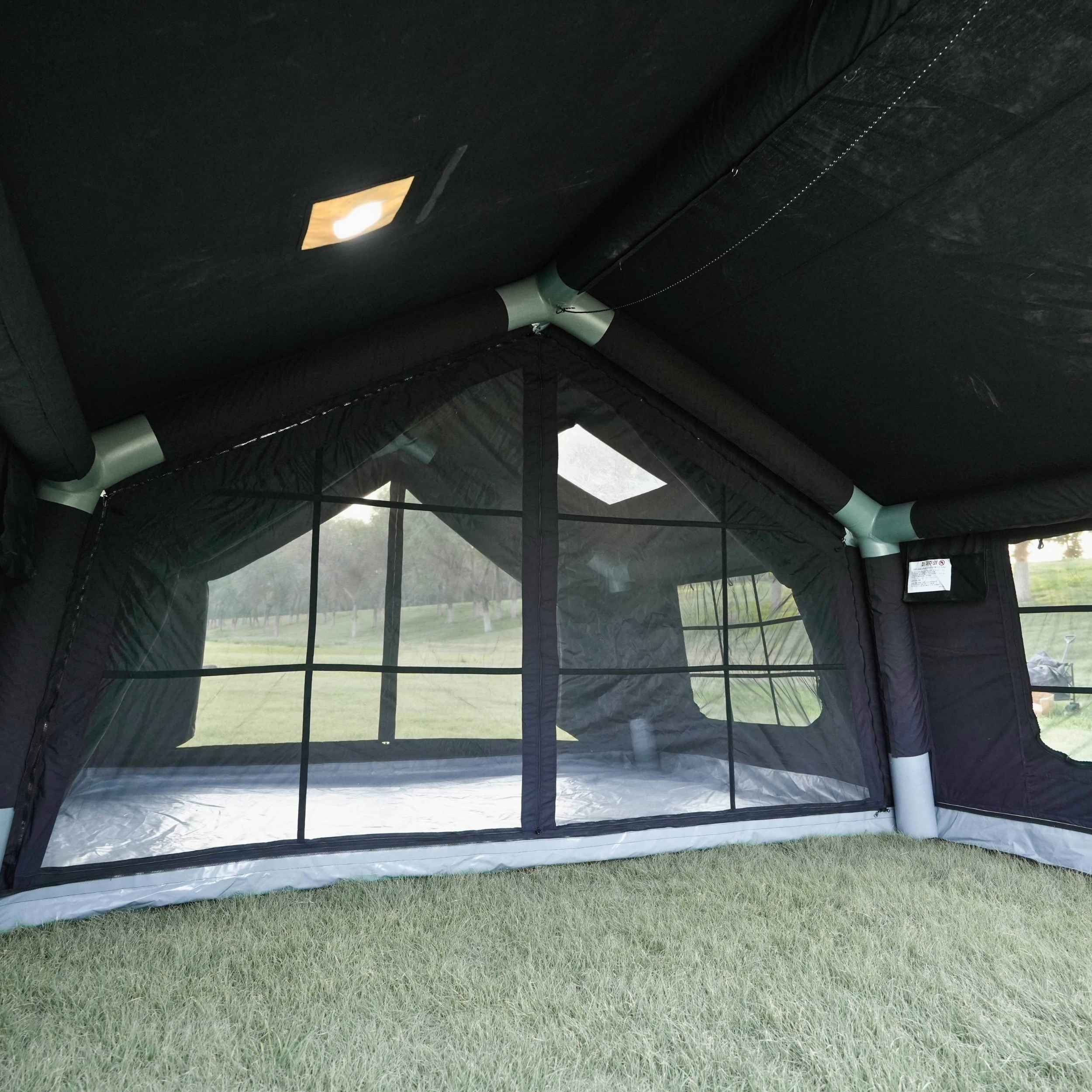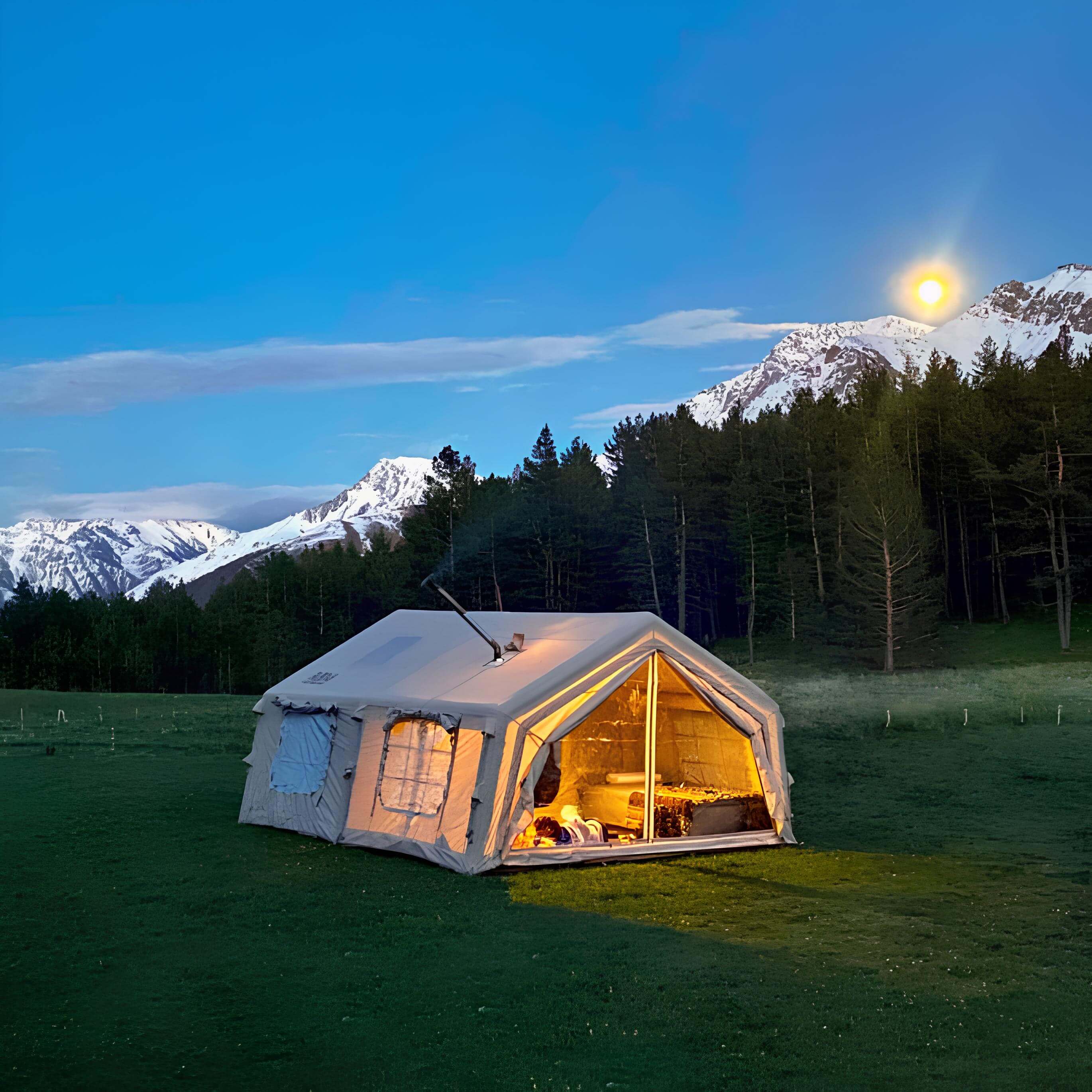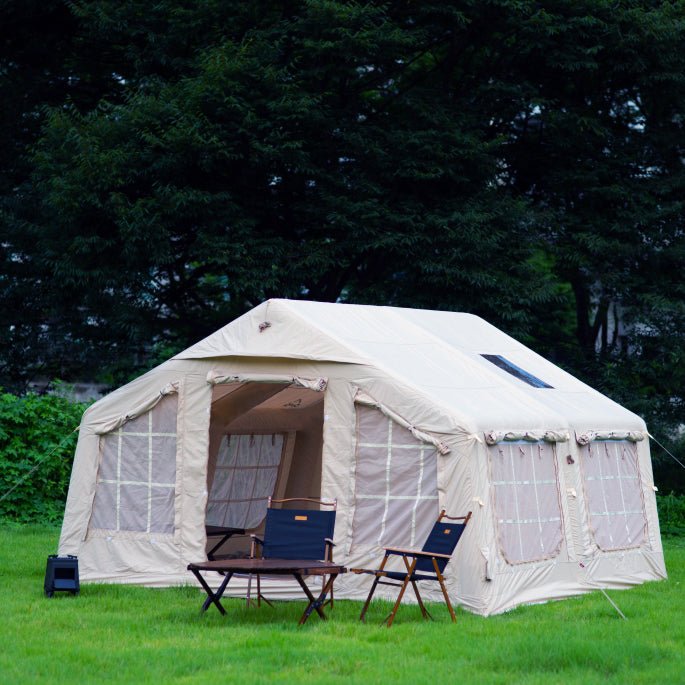Let’s be honest — some people love those emotional camping stories. You know the kind: “Under a sky full of stars, I found peace.” Or, “The storm raged, but our little tent held strong.” Great for Instagram. Not so great if you’re trying to decide which tent won’t collapse in high winds or leak in a downpour.
Me? I want the numbers. The material specs. The pressure ratings. The lab results. I don’t care what color the rainfly is or how “cozy” the interior feels. I care about hydrostatic head, tensile strength, and whether the fabric off-gasses toxic chemicals. There are audiophiles who won’t buy speakers without looking at frequency response graphs. I’m that person with tents. I trust data. I trust physics. I trust chemistry.
So, let’s cut through the marketing fluff and get into what actually makes Coody tents work — or more importantly, why they’re built to last when cheaper alternatives fail. This isn’t a review. It’s a technical breakdown. The kind of thing you’d find in an engineering notebook, not a lifestyle blog.


Why? Well because, when you’re 50 miles from any cell service and the wind’s picking up, you don’t want vibes. You want science.
Table of Contents
- The Physics of Inflation: It’s Not Just Air in a Tube
- Material Chemistry: What’s Your Coody Tent Actually Made Of?
- Waterproofing: It’s Not Just About the Number
- Wind and Aerodynamics: Shape Matters More Than You Think
- Condensation: It’s Not a Defect — It’s Physics
- Fire and Chemical Safety: Because Your Family Isn’t a Lab Experiment
- What Makes Coody Different? Materials, Not Marketing
- Final Word: This Isn’t Camping — It’s Engineering
The Physics of Inflation: It’s Not Just Air in a Tube
First thing to understand: an inflatable tent isn’t a balloon. It’s not something you overinflate until it squeaks and hope for the best. It’s a very carefully designed and engineered structural system under controlled pressure — like a hydraulic arm or a submarine hull. The air inside isn’t just filling space; it’s creating rigidity.



Coody’s inflatable tent series uses high-pressure air poles made from 0.7mm thick PVC 865g/m2, inflated to a max of 7.0 PSI. That number isn’t random. It’s the result of hundreds of pressure tests, material fatigue cycles, and real-world wind simulations.
Here’s the thing — air pressure follows the Ideal Gas Law: PV = nRT. If you increase the amount of air (n), and the volume (V) and temperature (T) stay roughly constant, pressure (P) goes up. At 7.0 PSI, the internal pressure is about half an atmosphere above ambient. That’s enough to keep the poles rigid, resist moderate wind loads, and maintain shape — without pushing the material to its breaking point.
Go higher? You risk seam failure, delamination, or valve blowout. That’s why Coody includes a pressure release valve on the rear pole. If the internal pressure climbs too high — say, from direct sun heating the air inside — it vents automatically. It’s a safety feature, not a flaw.
And those poles? They’re 16Ø in diameter — 3cm thicker than most competitors’ 13Ø poles. Doesn’t sound like much, but cross-sectional area increases with the square of the radius. So, a 16cm pole has about 23% more wall material than a 13cm one. That means higher burst pressure, better puncture resistance, and less flex under load.
These aren’t just air bladders. They’re engineered beams. When inflated, they act like pre-tensioned arches, distributing force across the entire structure. No weak joints. No aluminum poles that bend or snap. Just continuous, even support.
And yes — wind matters. The force on a tent is calculated by F = ½ρv²A Cd. At 25 mph, a Coody 17.2 experiences nearly 900 Newtons of force — about 200 pounds pushing sideways. That’s why proper inflation, staking, and guy lines aren’t optional. They’re part of the system.
So no, you can’t “just pump it up a little more.” 7.0 PSI is the engineered sweet spot. Respect it.
Material Chemistry: What’s Your Coody Tent Actually Made Of?



Let’s talk materials — not just “durable fabric,” but the actual chemistry behind what you’re sleeping under.
Coody uses 210g/m2 TC fabric — a blend of Terylene (which is PET, same as plastic bottles) and cotton. This isn’t a cost-saving mix. It’s a deliberate design choice.
Terylene gives strength, UV resistance, and stability. Cotton swells when wet, tightening the weave and reducing water penetration. Together, they create a fabric that starts at 2000mm hydrostatic head and gets better with use.
Wait — better with use?
Yes. Unlike polyester tents that rely on seam tape (which can peel), terylene cotton fabric uses a natural process called seasoning. Every time you wet and dry the tent, the cotton fibers expand and pack tighter. After 3–5 cycles, the fabric becomes noticeably more water-resistant — sometimes approaching 1500mm. It’s like breaking in a pair of boots, but for waterproofing.
Now, the air poles: 0.7T flame-retardant PVC.
Most brands use 0.5T. That 0.2mm difference means 40% more material by volume. These aren’t flimsy vinyl tubes — they’re built like marine-grade pontoons. Tested to -40°C for cold flexibility. SGS-certified for burst strength and UV resistance.
And yes, PVC is flame-retardant — because it contains chlorine. When heated, it releases hydrogen chloride gas, which suppresses combustion. Coody adds aluminum trihydrate as a secondary inhibitor, which releases water vapor when heated. It’s not fire-proof, but it’s self-extinguishing — a big deal if you’re cooking inside or near a campfire.
The windows? 0.4T TPU — thermoplastic polyurethane.
Not PVC. TPU stays flexible in extreme cold (down to -30°C) , doesn't crack like PVC, doesn’t yellow, and doesn’t need toxic plasticizers. It’s clearer, tougher, and lasts longer. You’ll find it in high-end dry bags and expedition gear for a reason.
And the rainfly? 420D silver-coated Oxford fabric.
That means high denier for abrasion resistance, PU coating for 3000mm water resistance, and a reflective silver layer on the inside that cuts solar heat gain by up to 8°C. It wraps the entire tent — walls included — so rain can’t sneak in from the side.
Waterproofing: It’s Not Just About the Number



Hydrostatic head ratings get thrown around a lot. “1000mm!” “3000mm!” But what does it actually mean?
|
Feature |
Coody TC Fabric (Tent Body) |
Coody Rainfly (420D Oxford) |
|
Material |
TC (Terylene Cotton) |
420D Oxford Polyester |
|
Waterproof Rating |
2000mm HH |
3000mm HH |
|
Key Physical Properties |
Breathable, Soft, Watertight (when seasoned) |
Lightweight, Sturdy, Durable, Abrasion-resistant |
|
Primary Function |
Habitable space, Comfort, Interior Protection |
Primary weather barrier, UV protection |
It’s the height of a water column the fabric can withstand before leaking. 1000mm = light rain. 3000mm = heavy storm. Coody’s tent body is 2000mm. The rainfly? 3000mm — military-grade.
|
Rating (mm HH) |
Real-World Condition |
Suitable For? |
Coody Tent Component |
|
1000 |
Light Rain / Drizzle |
Infrequent, fair-weather camping |
Tent Body |
|
3000 |
Heavy Rain / Downpour |
Moderate to heavy rain, 3-season use |
Rainfly |
But here’s what most brands won’t tell you: cotton tents don’t seal seams with tape.
The coating doesn’t stick. Instead, they rely on fiber swelling — which works, but only if you season the tent.
And yes, you should reapply waterproofing spray once a year. The factory DWR (durable water repellent) wears off. A quick refresh brings back beading and reduces saturation.
Without the rainfly, the tent handles about 47.5 mm/h of rainfall — decent for a drizzle. With it? Up to 90 mm/h. That’s nearly flood-level intensity. And Coody’s design includes full wall coverage, so water doesn’t wick up from the ground.
Wind and Aerodynamics: Shape Matters More Than You Think



Wind doesn’t just push — it creates lift, flutter, and turbulence. A poorly designed tent flaps, fatigues, and fails.
Coody’s shape helps. The rounded roof reduces drag. The full rainfly prevents fabric flutter. And the air poles create a stable, tensioned frame.
At 25 mph, wind exerts serious force. Gusts can hit 40+ mph, especially in open areas. That’s why staking and guy-lines are non-negotiable. The tent is only as strong as its anchors.
I’ve seen people skip stakes to save time. Bad idea. Without proper anchoring, wind can lift the edges, create pressure differentials, and eventually collapse the structure. It’s physics — not drama.
And if you’re in a high-wind area? Orient the narrow end into the wind. This reduces surface area by 30%. Simple, but effective.
|
Wind Speed (mph) |
Wind Speed (km/h) |
Beaufort Scale Force |
Description |
|
13-18 |
21-29 |
4 |
Moderate Breeze |
|
19-24 |
31-39 |
5 |
Fresh Breeze |
|
25-31 |
40-50 |
6 |
Strong Breeze |
|
32-38 |
51-61 |
7 |
Near Gale |
|
39-46 |
62-74 |
8 |
Gale |
Condensation: It’s Not a Defect — It’s Physics
Let’s clear this up: condensation is normal. It happens in every tent. Two people breathing all night produce about a liter of water vapor. When that warm, moist air hits cold fabric, it condenses. Like fog on a window. Like droplets on a cold drink.
The difference? How the tent handles it.


Polyester tents trap moisture. Poor breathability = high humidity = constant dripping. You need constant ventilation, or you’re sleeping in a sauna.
Coody’s Terylene Cotton fabric is breathable. Cotton absorbs moisture vapor before it condenses, then slowly releases it outside. It’s not magic — it’s hygroscopic behavior. The result? A drier interior, less clamminess, and fewer wet spots.
Add in dual mesh doors and cross-ventilation, and you’ve got a system that manages moisture instead of fighting it.
And the silver rainfly? Reflects solar heat, so the tent doesn’t turn into an oven during the day.
Fire and Chemical Safety: Because Your Family Isn’t a Lab Experiment
I shouldn’t have to say this, but: your tent shouldn’t be toxic.
Yet many budget tents use recycled PVC with unknown additives, cheap dyes, and phthalates that off-gas in heat. Not Coody.
Independent testing by FITI (Korea) and KOLAS-accredited labs shows:
- No detectable carcinogens (below 5 ppb)
- No reproductive toxins (phthalates, lead, cadmium absent)
- Allergen-free dyes (below 20 ppm)
- pH 6.5 — skin-neutral, safe for kids and sensitive skin
Even radon was tested. Using a RADON EYE device, levels measured 0.37 pCi/L — well below the EPA indoor safety limit of 4 pCi/L. That’s not just safe. It’s unusually thorough.
And the flame-retardant PVC? Tested to ISO 15025. Self-extinguishing. Won’t feed a fire.
This isn’t overkill. It’s responsibility.
|
Safety Test |
Coody Result |
Applicable Standard or Limit |
Conclusion |
|
Radon Level |
0.22 pCi/L |
U.S. EPA Action Level: 4.0 pCi/L 36 |
Well below the action level and the national average for indoor spaces. |
|
Material pH |
6.5 |
Australia's pH Value Standard: 4.0 to 9.0 [user query] |
Within the regulated range, safe for sensitive skin. |
|
Allergic Dyes |
Below 20 |
Regulated [user query] |
Within the regulated limit. |
|
Cancer-Causing Substances |
Below 5 |
Regulated [user query] |
Significantly better than the average rating. |
|
Substances Causing Reproductive Disabilities |
Below 5 |
Regulated [user query] |
Significantly better than the average rating. |
What Makes Coody Different? Materials, Not Marketing
Look, you can find tents that look like Coody’s for half the price. But materials matter.
- 0.7T PVC vs. 0.5T? That’s 40% more wall thickness.
- TPU windows vs. PVC? One stays flexible in the cold; the other cracks.
- Grade 0 anti-mold fabric? Tested to ASTM D6329. Most brands don’t even test.
- pH 6.5? Most textiles are more acidic or alkaline.
Coody tents are designed in Korea, manufactured in a dedicated factory, and the supply chain is strictly controlled. They’re not outsourcing to the cheapest bidder. They’re building for durability, safety, and performance.
Are they heavy? Does the Coody 17.2 weigh 110 pounds packed? Yeah. But you’re getting 185 square feet of shelter, six reinforced air poles and cross beams, a 420D rainfly, two generous rooms, and 26 stainless tent stakes. This isn’t a backpacking tent. It’s a mobile home for families who camp hard and stay dry.
Final Word: This Isn’t Camping — It’s Engineering
At the end of the day, Coody inflatable tents aren’t just “a place to sleep.” They’re a system of pressurized beams, chemically treated fabrics — all working together to keep you safe, dry, and comfortable.
They’re built on data, not stories. Tested to standards, not trends.
So, if you’re the kind of person who reads spec sheets before buying a flashlight…
You’ll appreciate a tent that’s built like a lab report.
Because when the wind picks up and the rain starts falling, you don’t want vibes.
You want physics.
You want chemistry.
You want science.
And Coody delivers.




